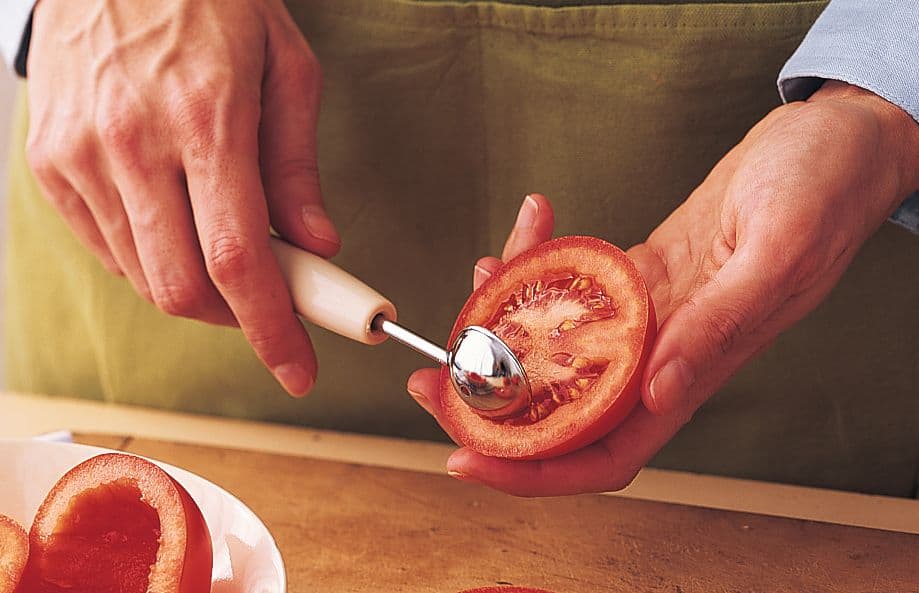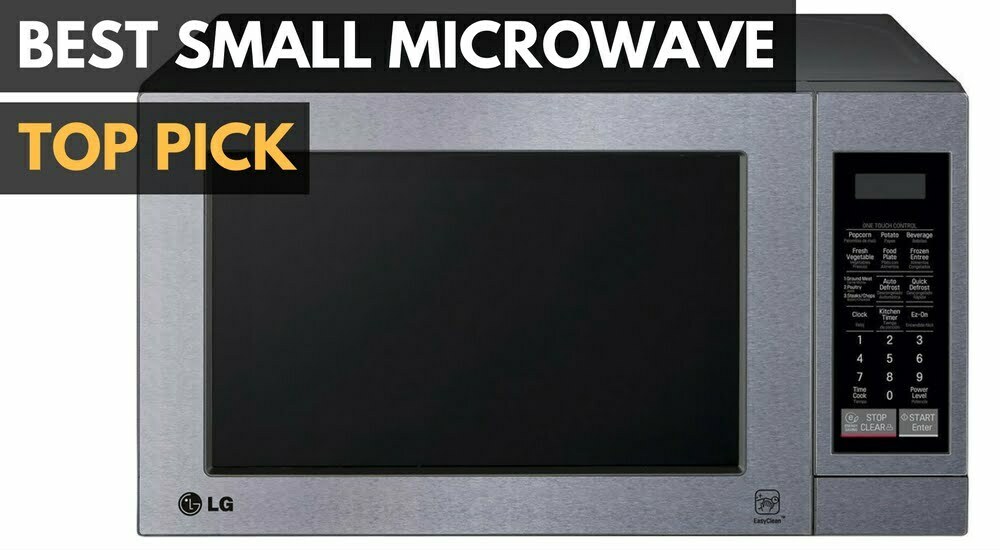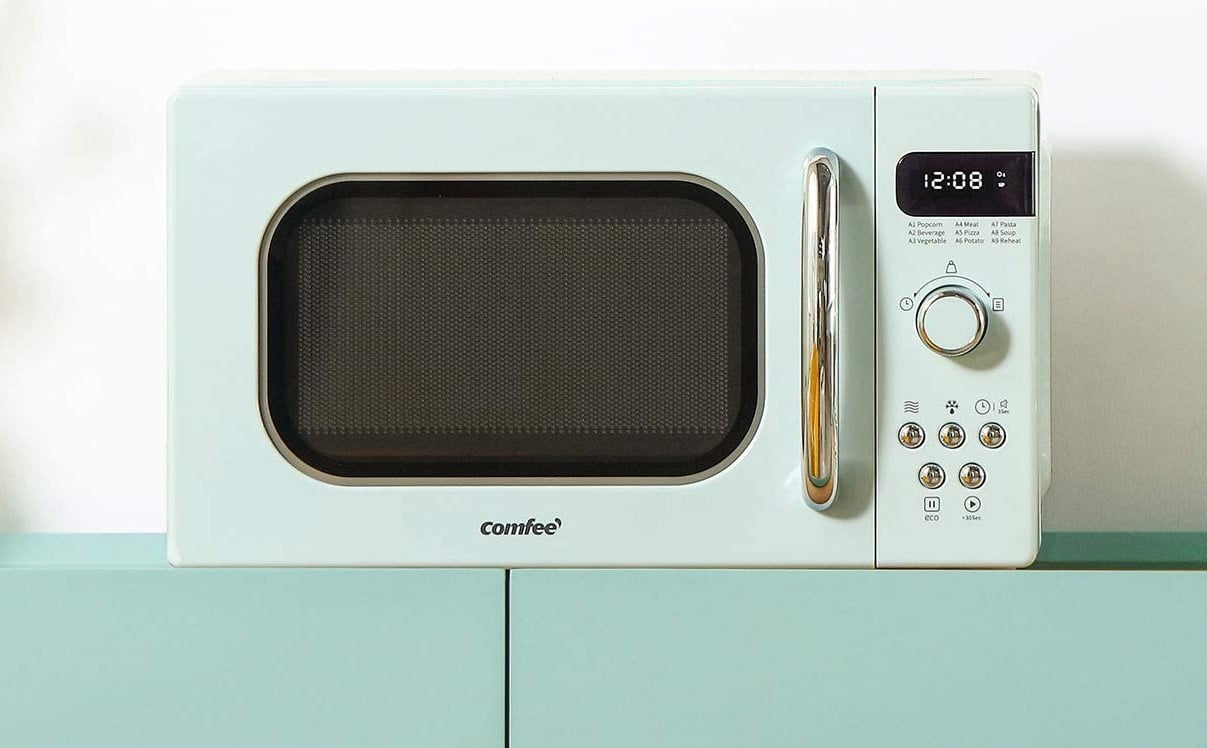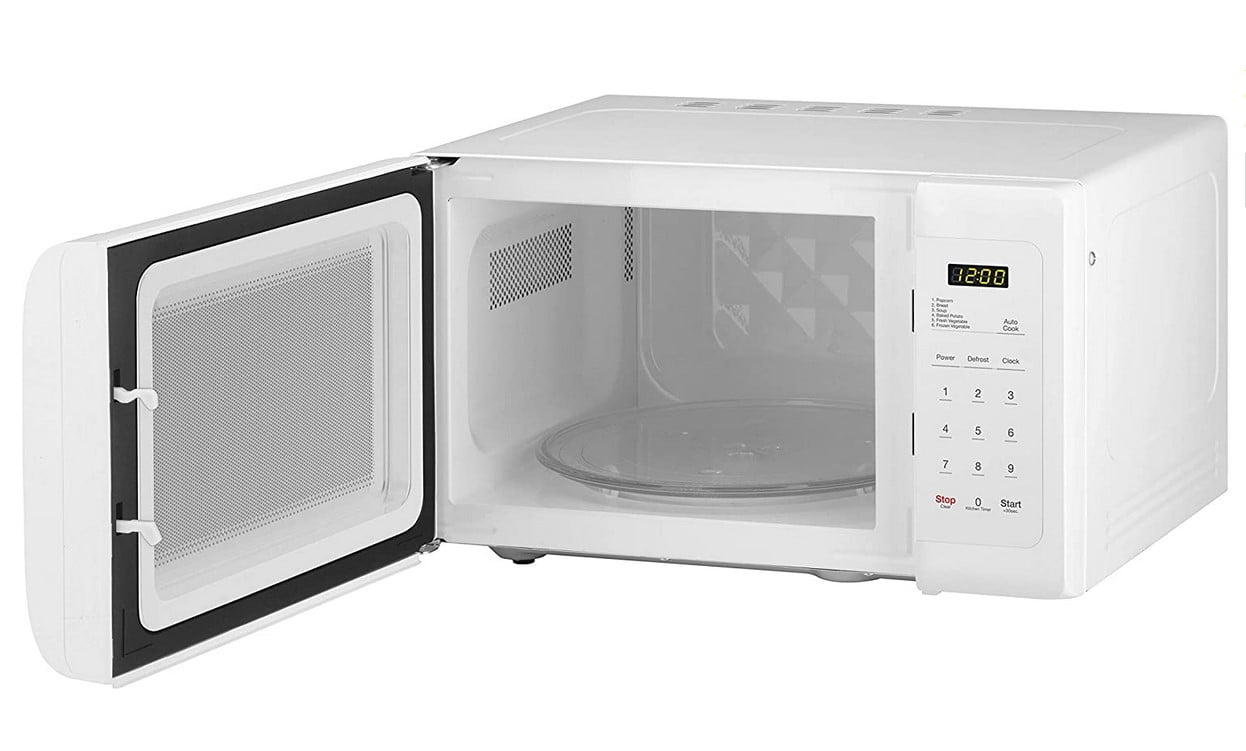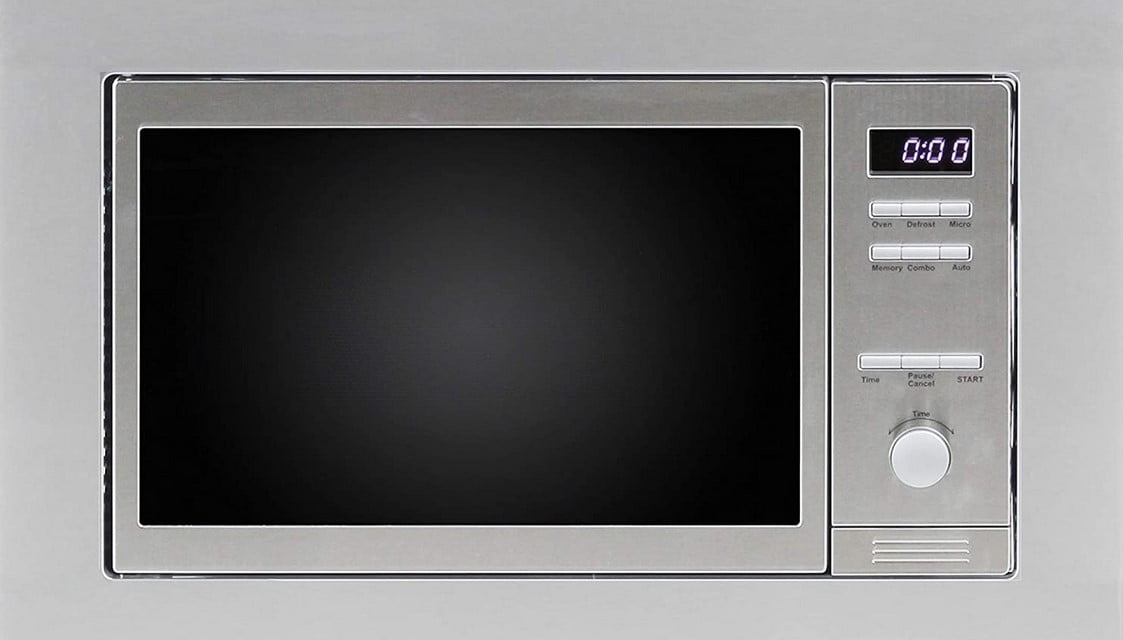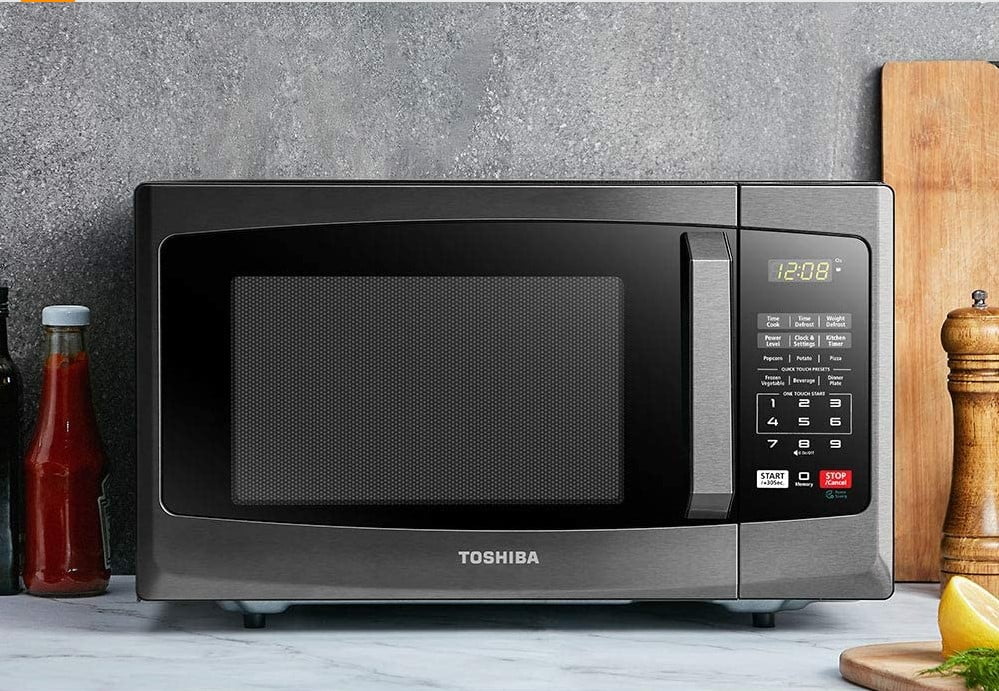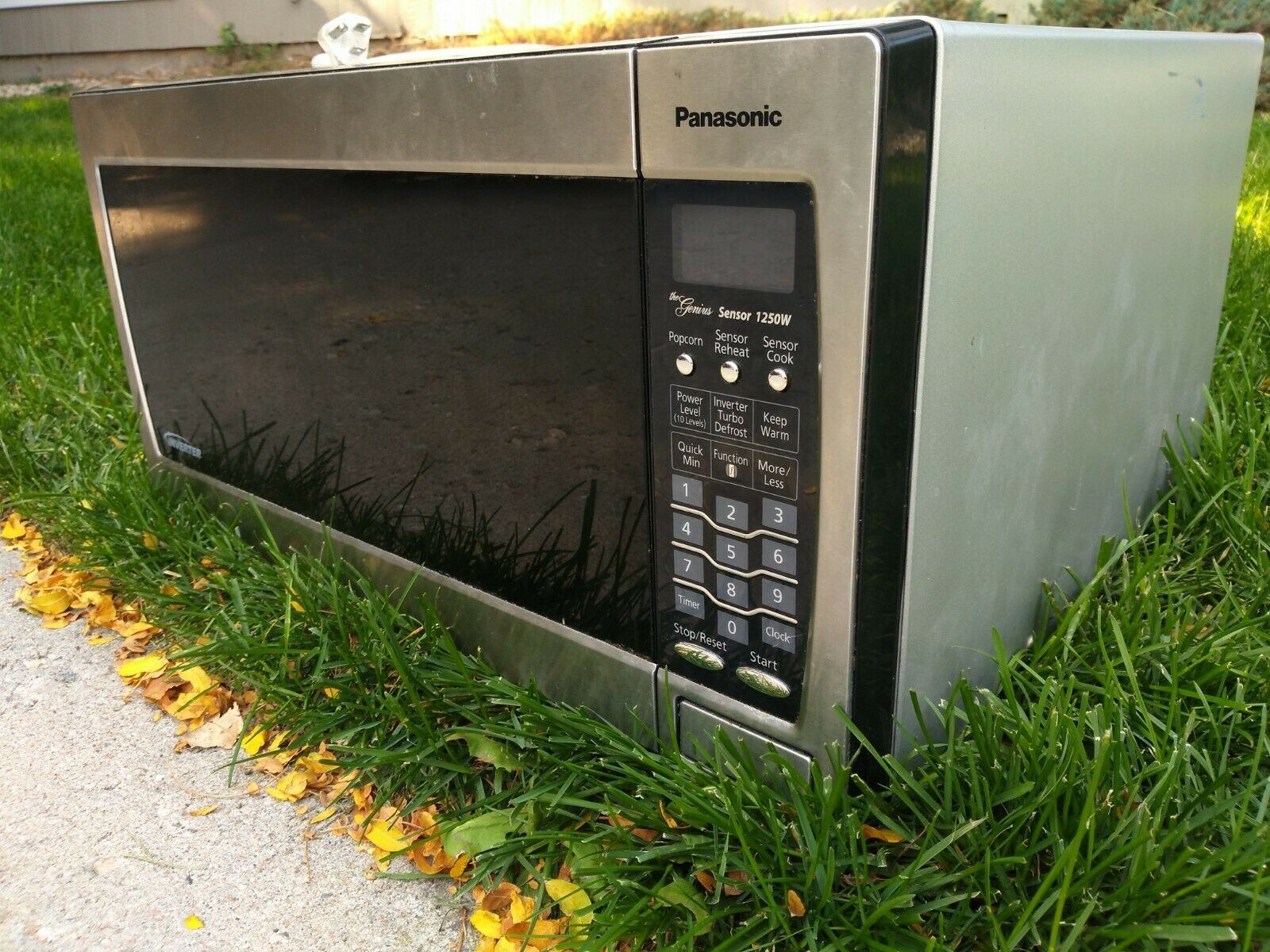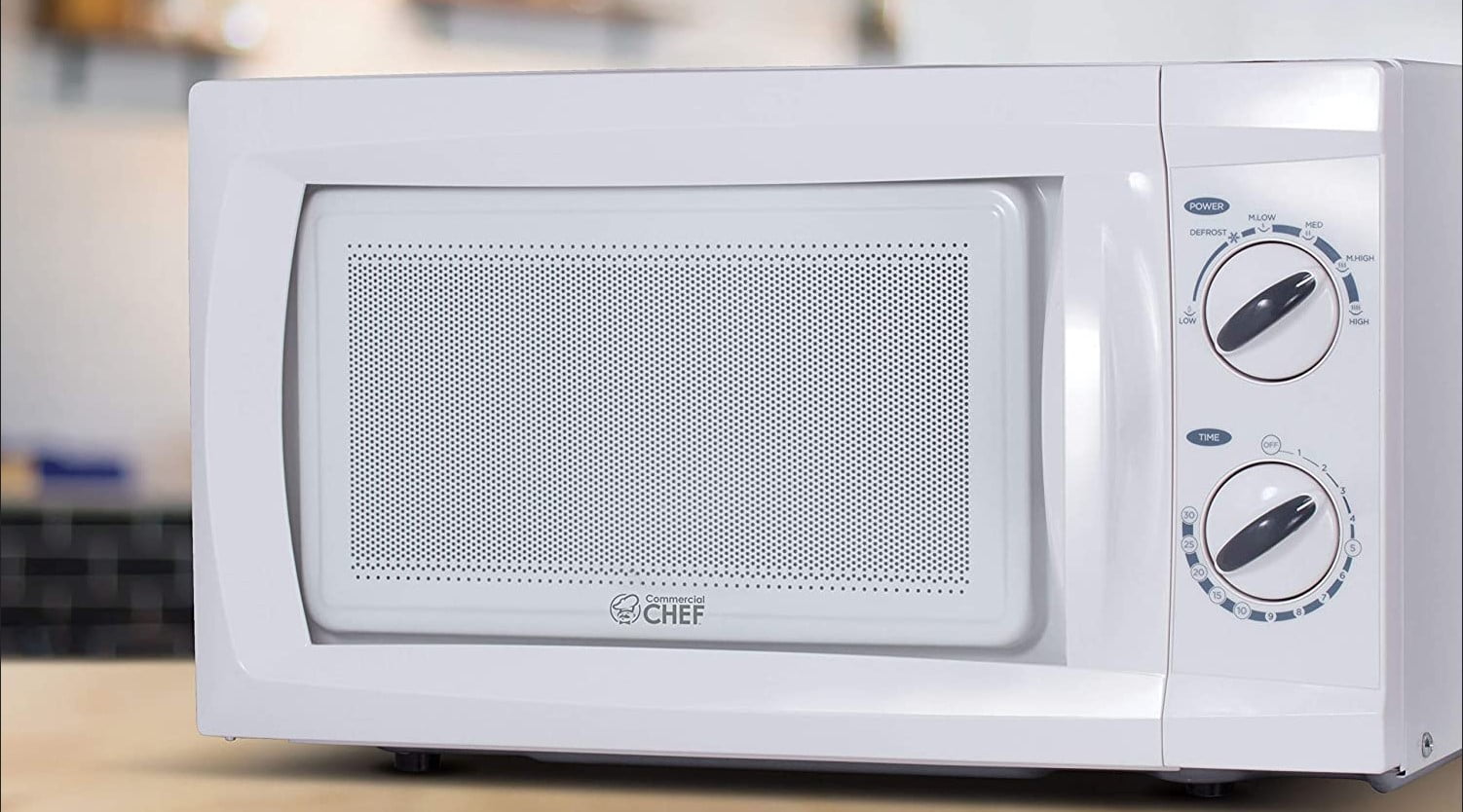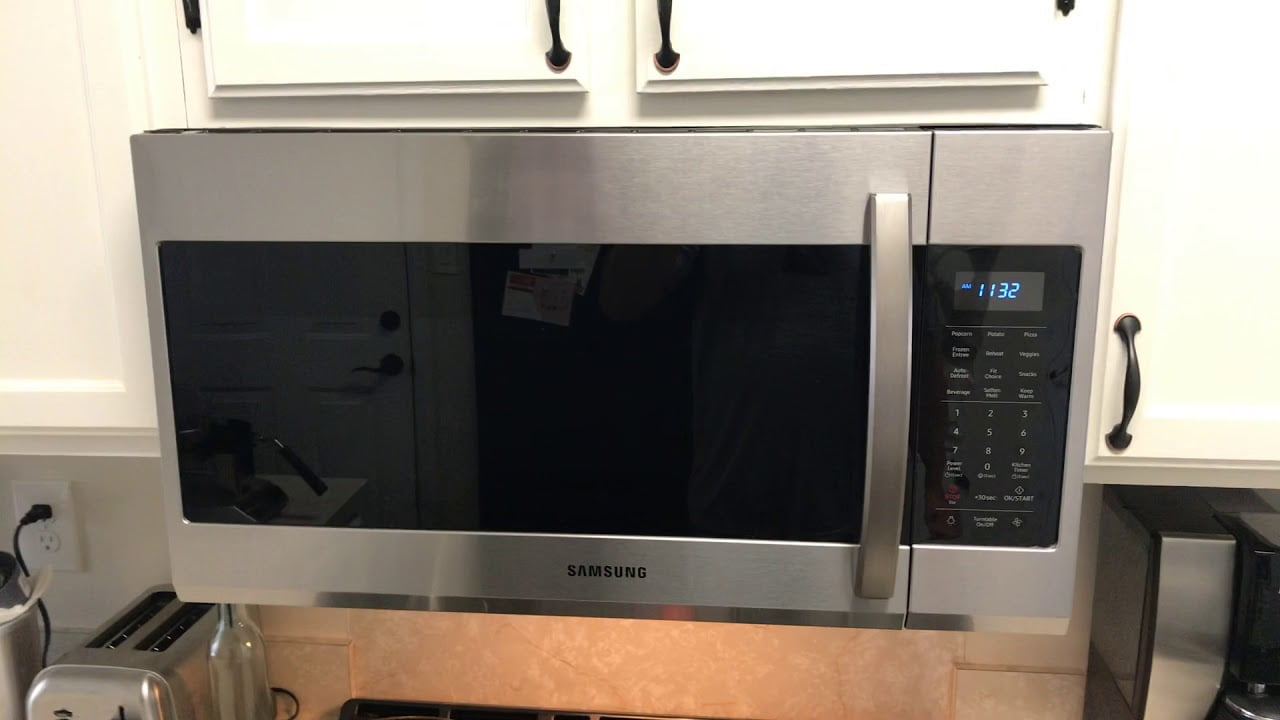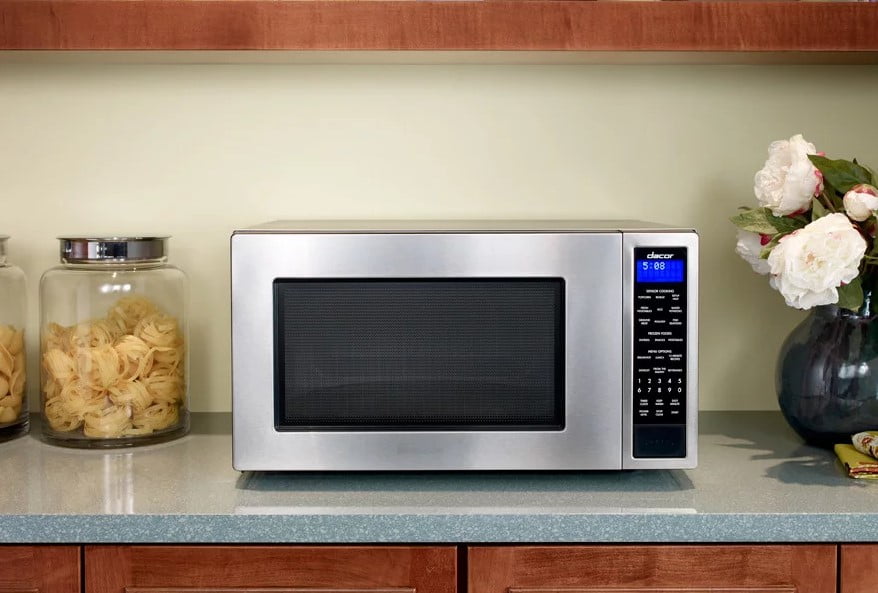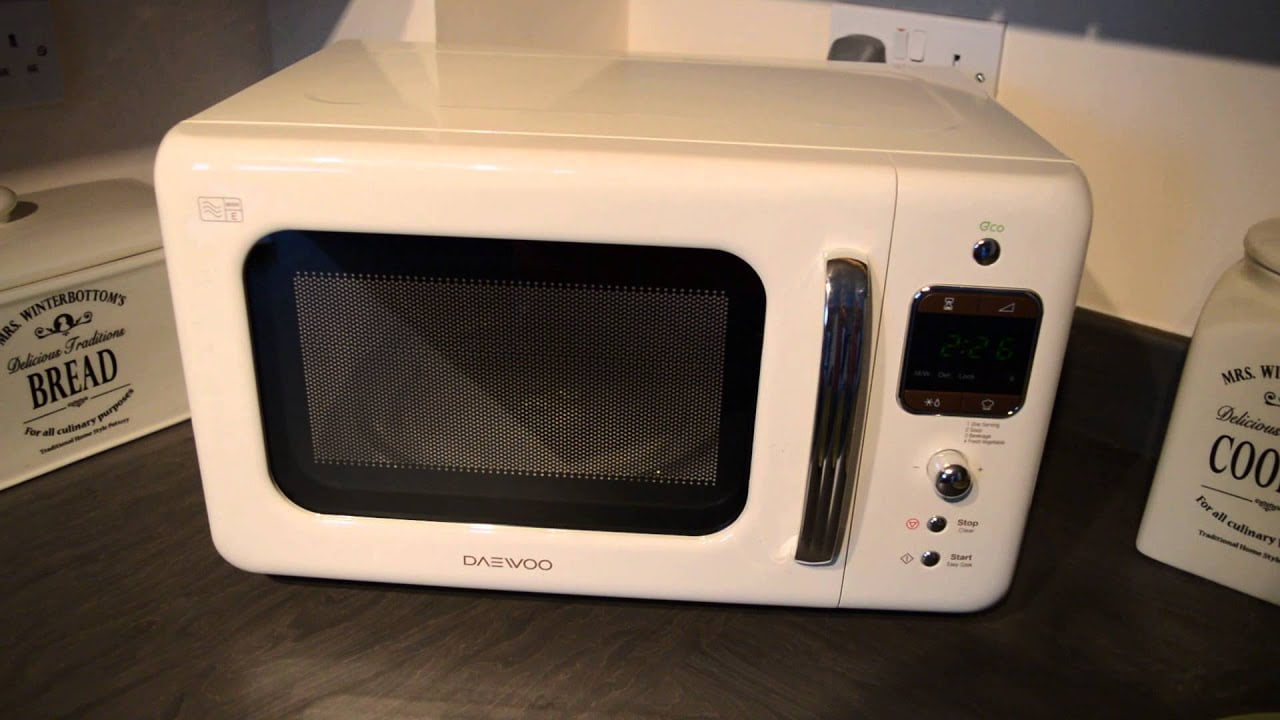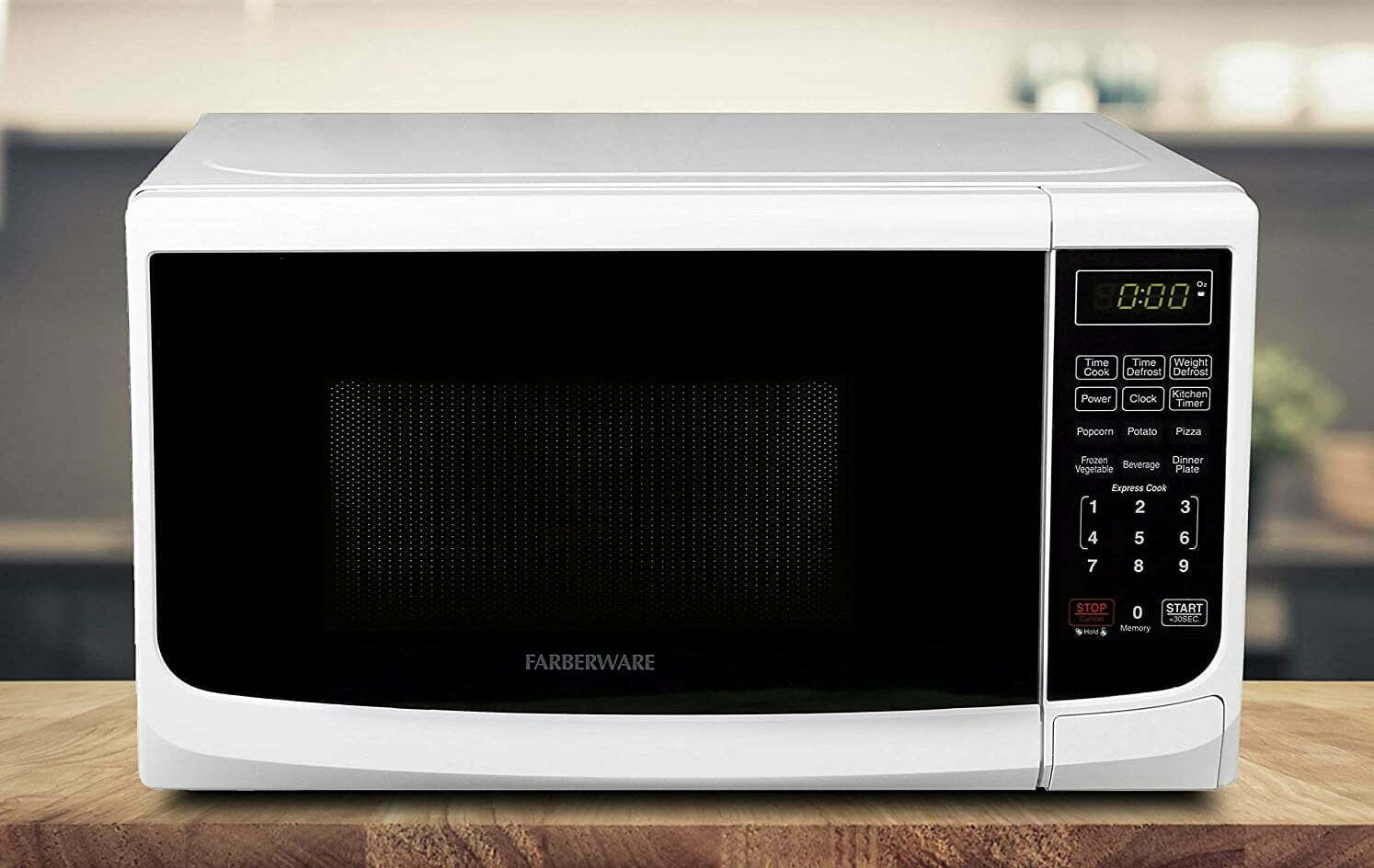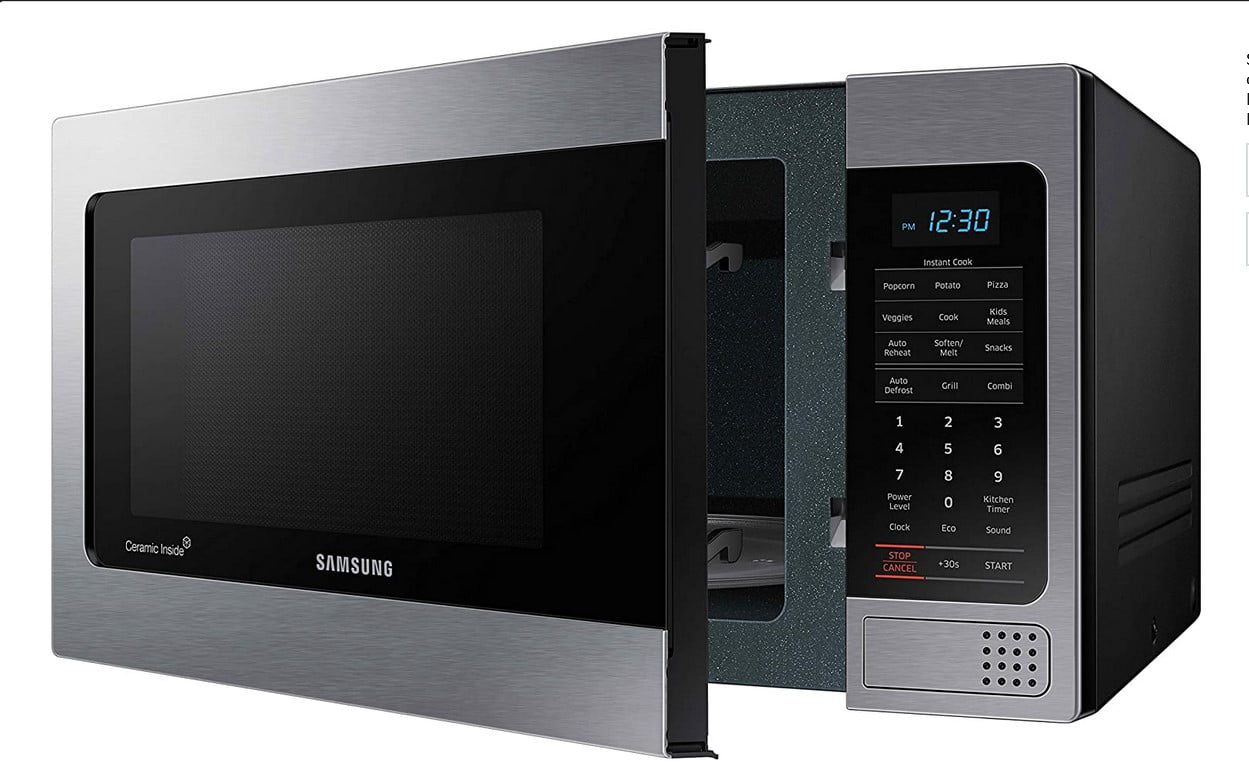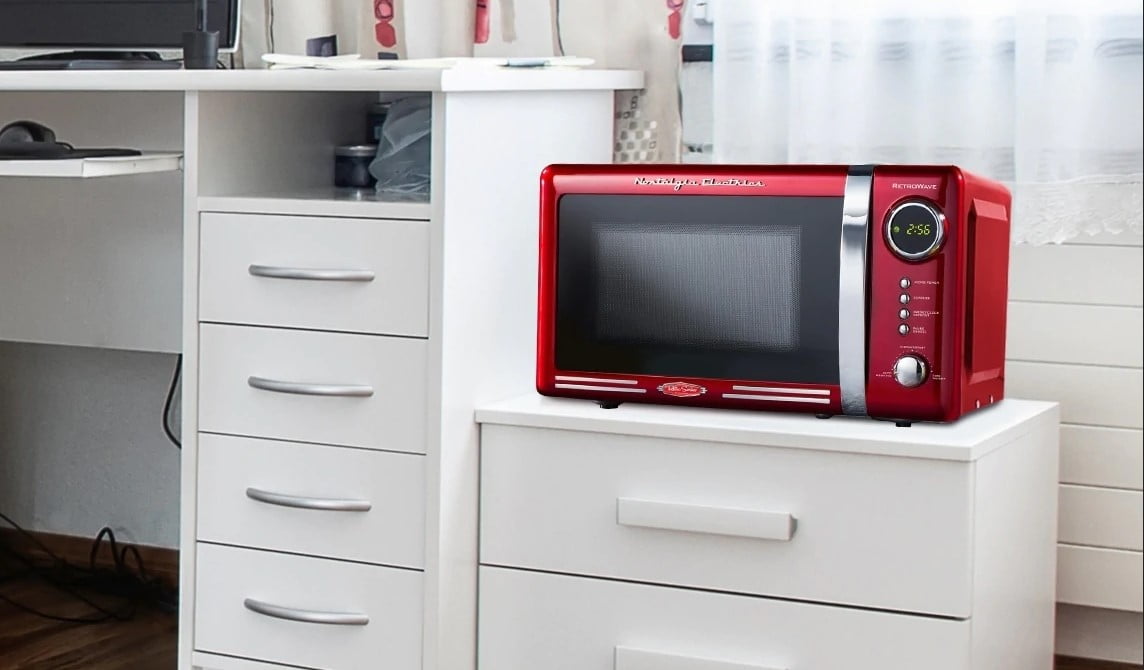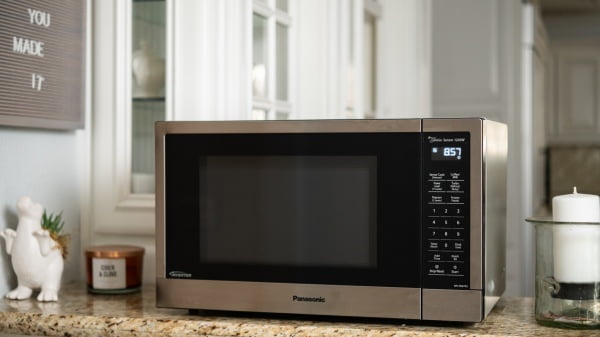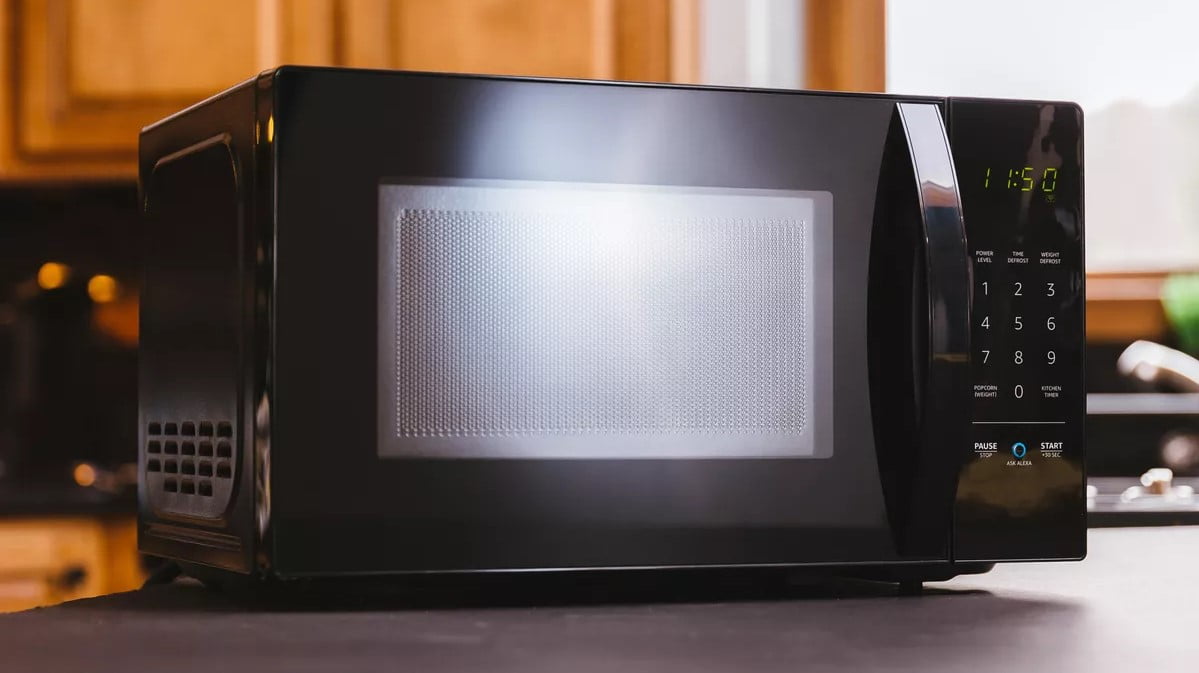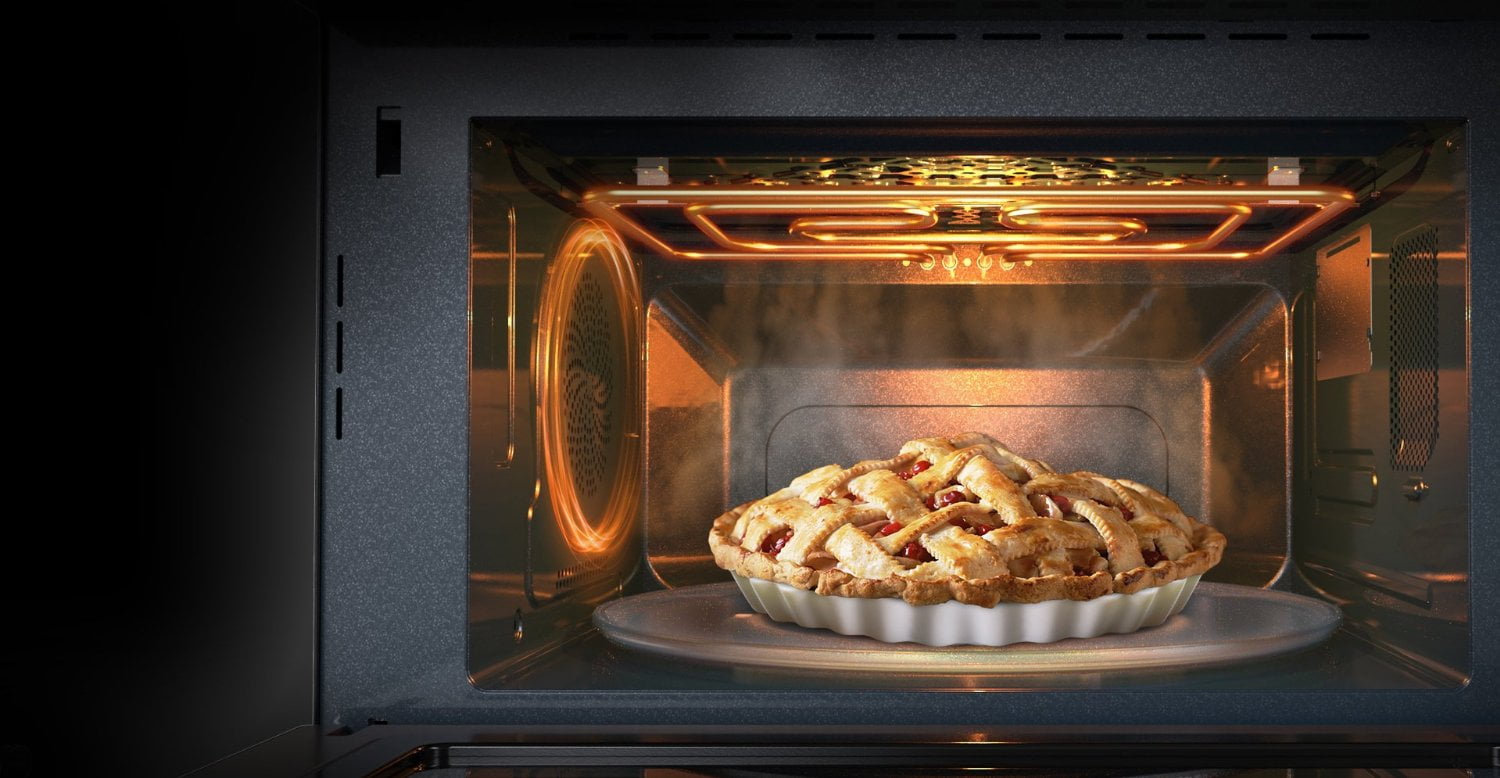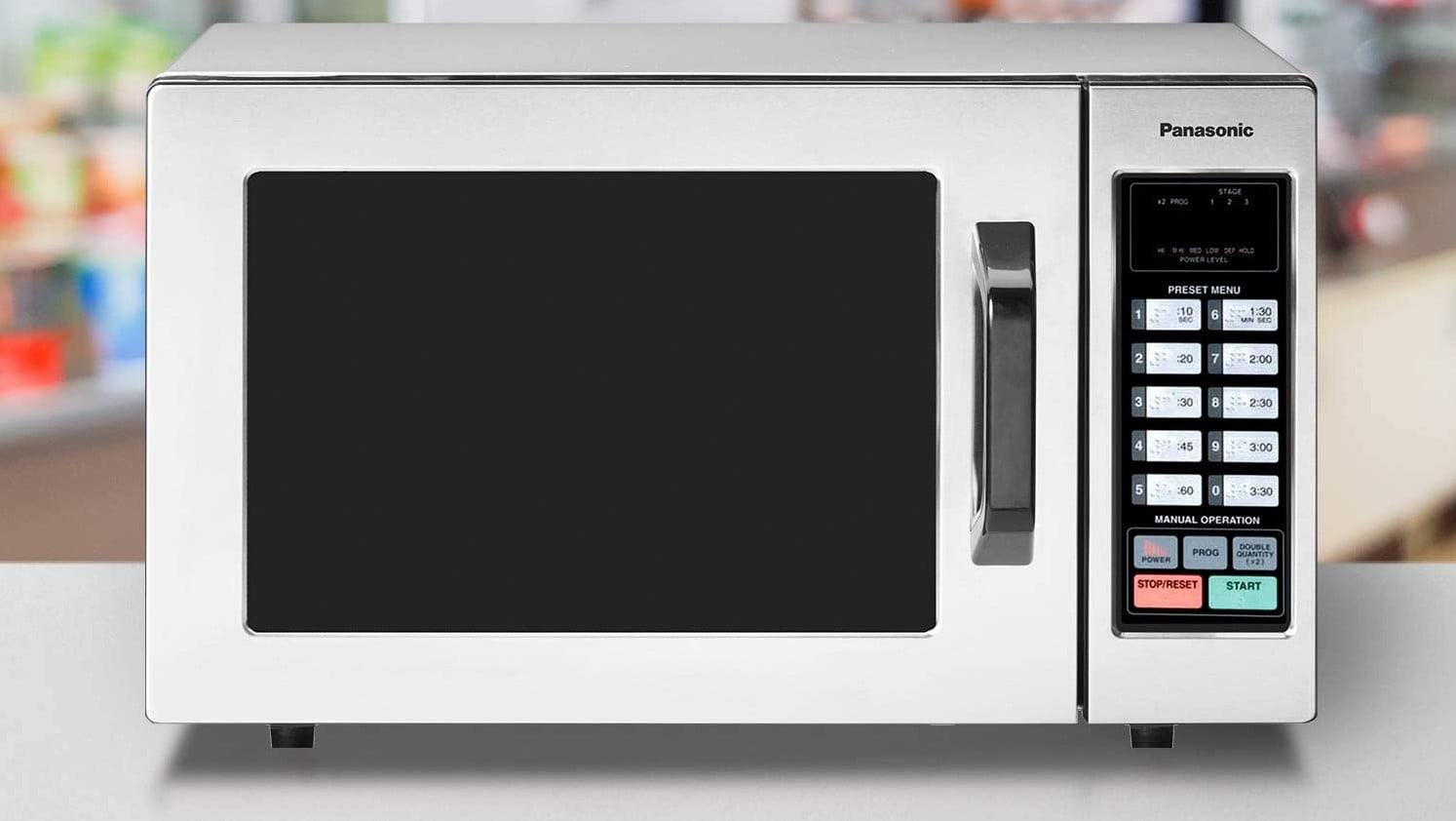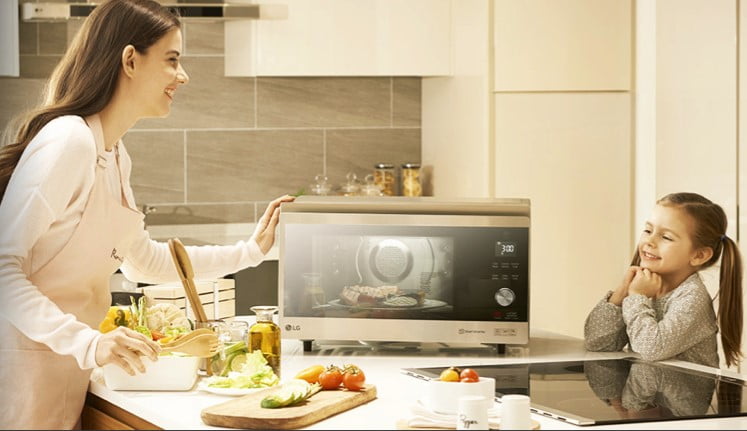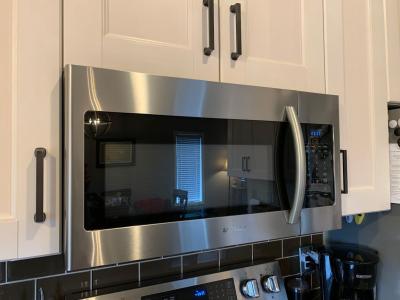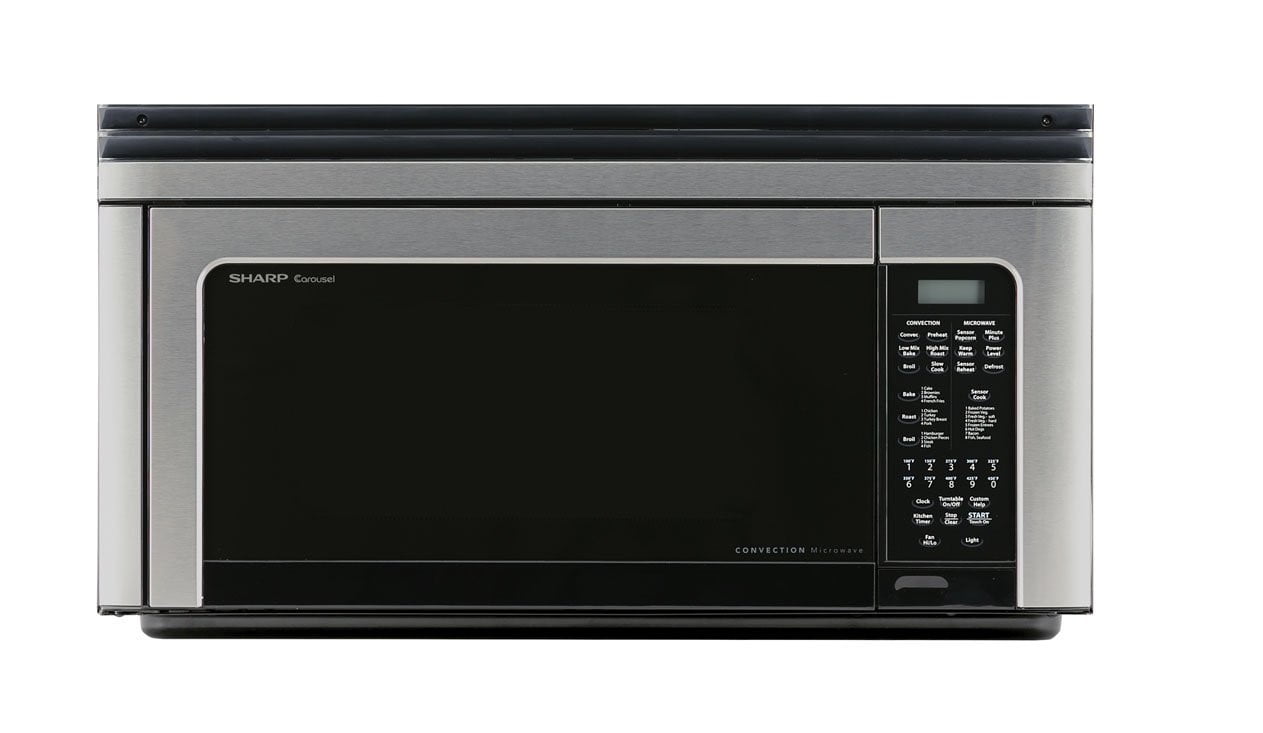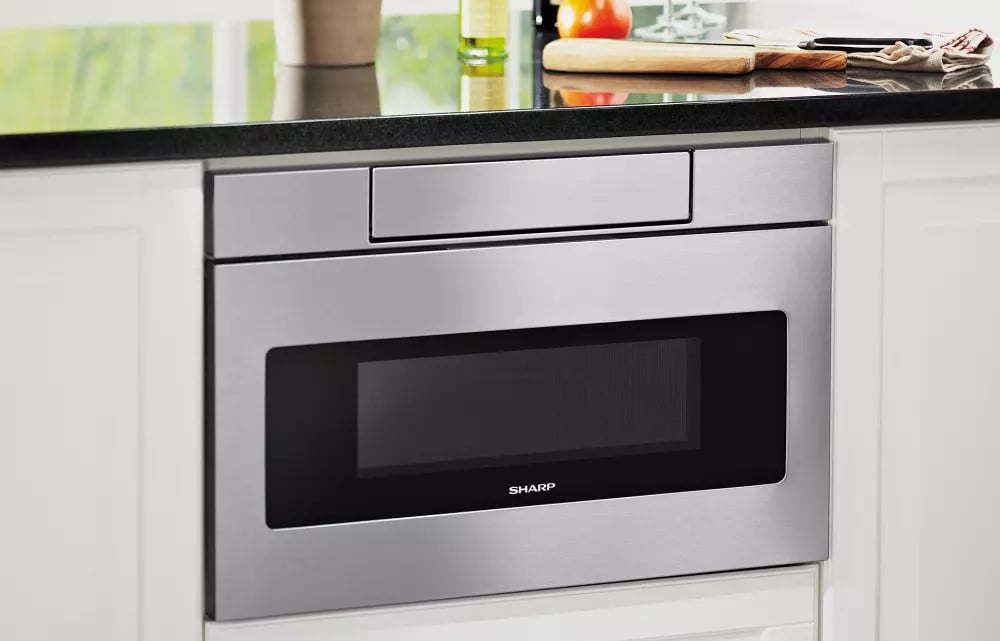Knowing how to use a microwave properly from setup to clean up can help you get the most out of this versatile kitchen appliance. Even the best microwaves can be misused and ruin your food or make a needless mess.
KEY TAKEAWAYS:
- When setting up your microwave, be sure to choose a clean, dry counter in your kitchen and use only outlets rated for 20 A input. Additionally, don’t share outlets with multiple kitchen appliances and try to avoid circuits shared with house lights.
- Defrosting or cooking frozen foods and steaming vegetables are both good uses of a microwave while cooking soups, stews, sauces should be avoided, and cooking fish is risky if not done carefully.
- Consuming food cooked in microwaves is as safe as foods made with any other cooking method, and microwave radiation emissions carry a negligible amount of risk, but home repairs on microwaves are considerably more dangerous than on other appliances and may be more costly than buying a new unit.
We’ll go over how to set up and operate your microwave the right way to get the best out of it, and some tips on safety and what not to do with it. Though they’re essentially the same, there are some extra guidelines when it comes to using range microwaves that you may want to read about. Advanced or specialized features like microwave sensors also come with some of their own best practices that are worth looking into.
Insider Tip
Two applications microwaves particularly excel at are defrosting meats and other frozen food items, and steaming vegetables.
How to Setup a Microwave
Steps:
- Unbox and unwrap the microwave and place it on a flat, dry surface where its air vents are not being blocked and it’s convenient for most users. A clean kitchen counter near your fridge or oven or a sturdy wooden table or kitchen island are ideal places.
- Make sure the microwave’s glass tray and roller ring are secure inside (most microwave ovens come with a round glass cooking tray and plastic or rubber roller ring for rotating during cooking, which helps dishes cook more evenly. The glass tray should easily and smoothly spin on top of the roller ring.
- Plug the microwave into a grounded wall outlet. Only plug into an outlet that’s rated for 20 A, and use an outlet that doesn’t share a circuit with house or kitchen lights or other appliances. You should be ready to start using your microwave now.
How to Use Your Microwave
Your microwave’s control panel should have numbers 1-9 on it. You’ll use these to enter the cooking time and power level you want to use. There will also be a start button and usually, buttons for specific heating modes including reheat, defrost and cook. You can dial these in and usually get good results, but you may want to spend some time to find the best manual settings for the job.
Note: don’t reheat leftovers more than four days old- they’re too likely to contain too much bacteria to be safe to eat compared to fresh food.
- Place your food in a ring around a ceramic or glass dish. Placing food all in the middle of a dish will heat the food less evenly and may cause the food on the outside of the dish to overcook before the food in the center is properly reheated or cooked. Avoid using a plastic container or plate even when reheating food unless it’s guaranteed by the manufacturer to be microwave safe. Also, avoid using ceramic or glass dishes if they have any metal trim or metal parts. Do not use any kind of metal container.
- Cover your food with a reasonably thick, durable plastic cover to avoid food from splattering inside the microwave and creating a mess. A plastic cover will also trap more steam inside the container as food cooks, helping it from becoming dry if cooked too long. You may use wax paper or a paper towel as a cover if you’re not heating for more than one minute or so- otherwise, you risk burning the paper and ruining your food.
Tips on Defrosting in the Microwave
- When defrosting microwave dinners or frozen food, follow the instructions on the product’s label for the correct cook time, noting the microwave wattage noted for the instructions. Most frozen foods made for the microwave will show cook times and power for both the more common 700-watt microwaves and more powerful 1000-1100 watt microwaves. Not paying attention here can mean overcooking your food or having to heat repeatedly to fully cook or defrost, which can dry food out.
- Non-prepackaged frozen food should always be placed in a ceramic or glass dish for microwave heating
- After the heating cycle is finished, stir the cooked food to be sure there are no frozen or unheated spots. If so, 30-60 seconds more in the microwave should do the trick for most small to medium-sized dishes.
- If you don’t want to use defrost modes on your microwave, you can follow this ratio for most foods: 7 minutes for each pound of food. Fish and other delicate food items may require a lower ratio.
Tips on Steaming Veggies in The Microwave
- Microwaves are great for steaming vegetables. You can easily steam uncooked vegetables such as carrots, spinach, and broccoli in a microwave. Place the vegetables in a ceramic or glass bowl and add a splash or two of water and cover with a plastic microwave cover. You can also add a small amount of butter for flavor.
- For most vegetables (potatoes require more cook time than most, for example), 2-3 minutes on high will be enough to thoroughly steam a few servings.
- You may also want to try stirring the veggies in between 1-minute cook intervals if you’re having trouble getting them evenly steamed.
- Save the pepper, salt, and other spices for after the veggies are steamed- salt especially can dry out foods before they’ve cooked completely
Cooking Fish In the Microwave
- Cooking fish isn’t necessarily something microwaves excel at since even meatier fish like tuna can easily overcook and become tough or dried out cooked with traditional methods. If you do cook fish in the microwave, extra care should be taken not to cook for too long, especially with light, flakey fish like soles or various whitefish.
- Season your uncooked fish with salt and pepper, then place it on a ceramic (not glass, preferably) dish and wrap it in microwave-safe plastic wrap. Cook for 1-2 minutes for a small to a medium serving at full power until it turns white around the edges, watching the fish carefully as it cooks to avoid drying it out.
- Cook times should be adjusted depending on the size and thickness of the filet and the variety of fish (less for lighter, flakier fish, more for meatier fish.)
Soups, Stews, and Sauces in the Microwave
- Liquid food items like soups, stews, and sauces shouldn’t be cooked in the microwave, generally speaking. Since microwaves heat water molecules directly, such foods are very prone to overheating, boiling, and exploding in the microwave, creating a mess and risking serious burns from extremely hot water or steam when handled.
Warning
Microwaves are a good option for many hot foods, but don’t excel at cooking fish, and aren’t generally suitable at all for cooking soups, stews, or sauces.
F.A.Q.S
Are microwaves bad for your health?
Studies have proven that the use of microwave ovens and the consumption of foods cooked in them provide little to no health risk over food cooked with other appliances. The electromagnetic radiation that microwaves use for heating is non-ionizing radiation, meaning it does not linger in foods after they’re cooked in a microwave oven, and foods generally retain the same levels of nutrition.
What is a convection microwave oven?
A convection microwave oven combines the heating methods of both a convection oven and a microwave, allowing for the roasting and baking of foods while they’re simultaneously microwave-heated. This makes them versatile appliances that take up less space than two different ovens.
How often should you clean a microwave?
It’s recommended that you clean the inside of your microwave once a week using a mild soap, water, and a soft, non-abrasive cloth. Cleaning products made specifically for microwaves aren’t necessary but are also an option.
STAT: The cook power button on a microwave allows for adjustment of cook power between 10-90% (source)
STAT: The standard defrost button power setting is 30 to 40% of full power. (source)
STAT: The differences between microwave oven designs mean that users can’t be 100% sure that microwave radiation isn’t being emitted during cooking, though the overall chance is generally low enough to be negligible. (source)
REFERENCES:
- https://www.youtube.com/watch?time_continue=62&v=_YMWTp_TG2I&feature=emb_title
- https://www.fda.gov/radiation-emitting-products/resources-you-radiation-emitting-products/microwave-oven-radiation
- https://en.wikipedia.org/wiki/Microwave_ovenr
- https://files.eric.ed.gov/fulltext/ED319914.pdf
- https://en.wikipedia.org/wiki/Convection_oven
- https://www.youtube.com/watch?v=9wgW8g6Xu20

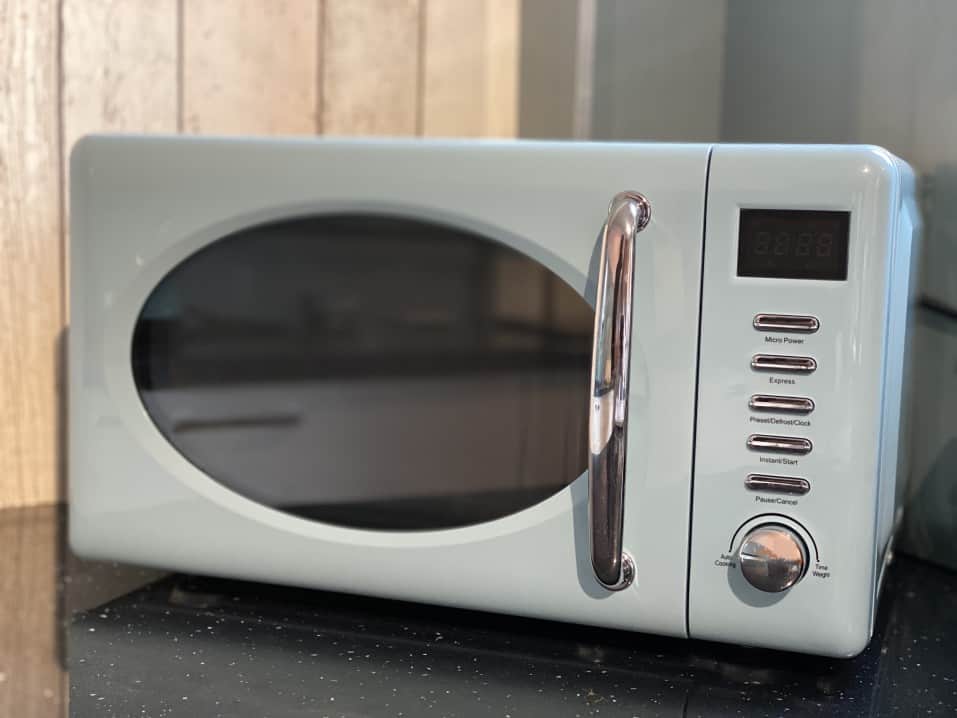













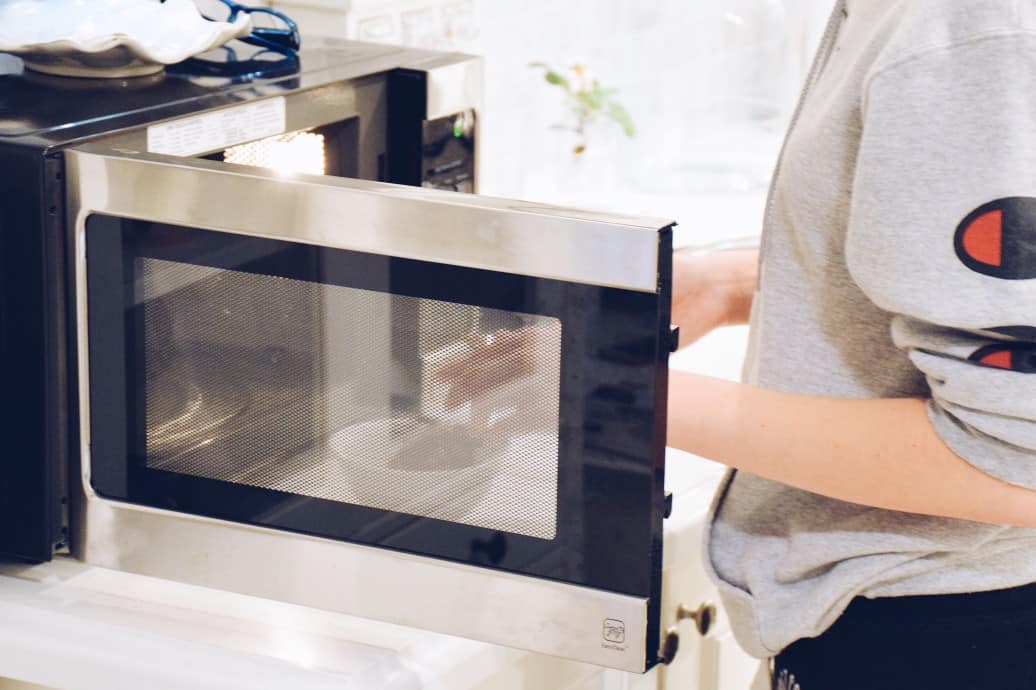
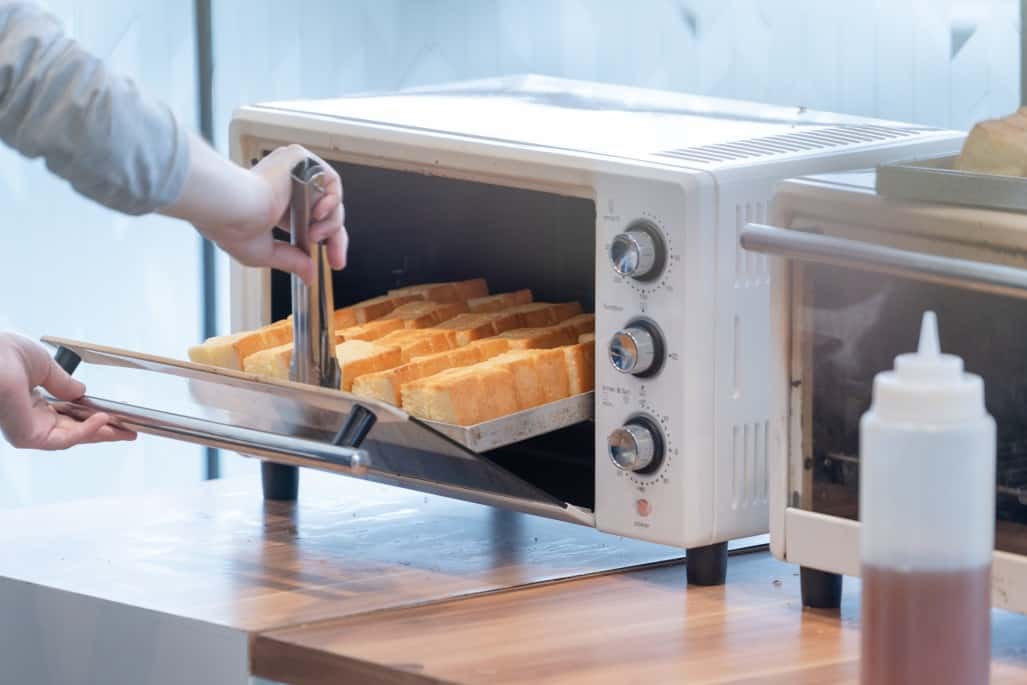
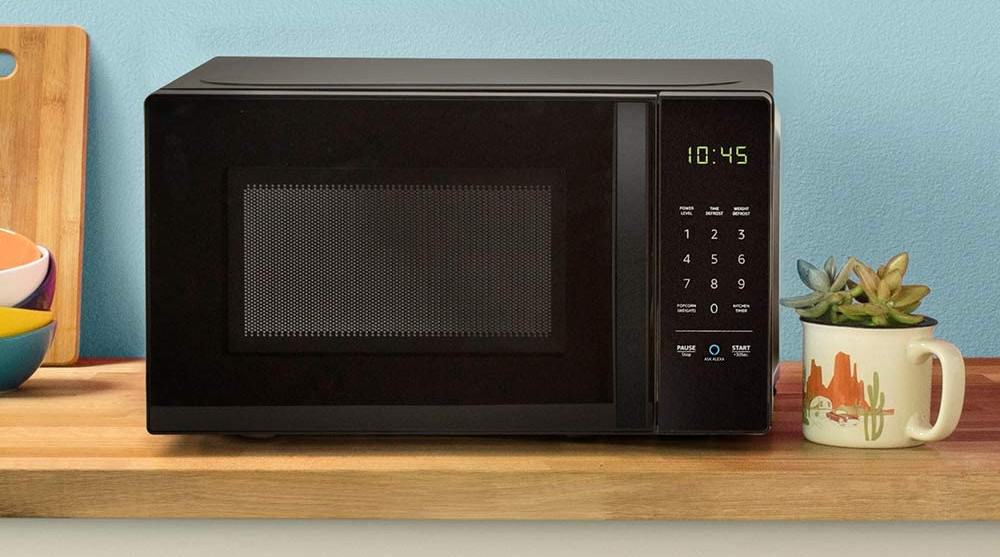
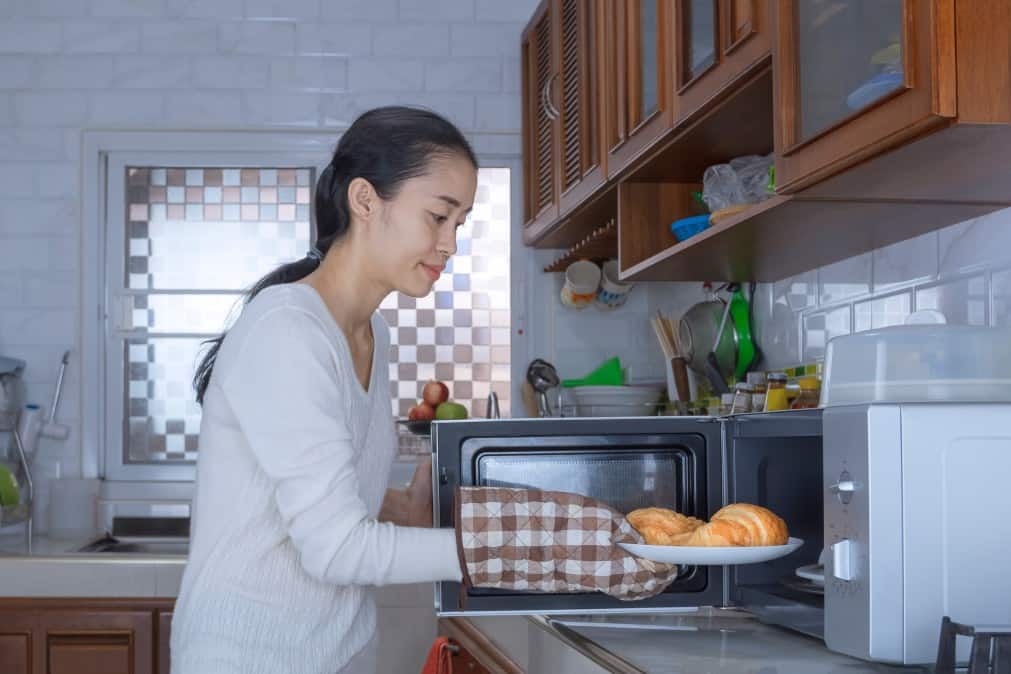
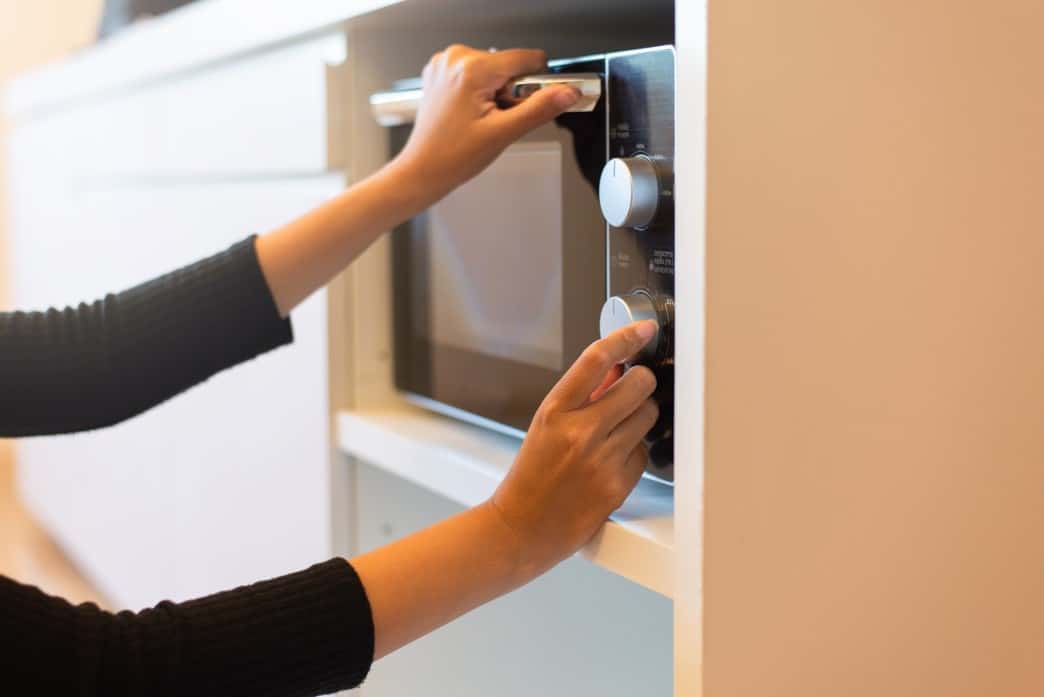
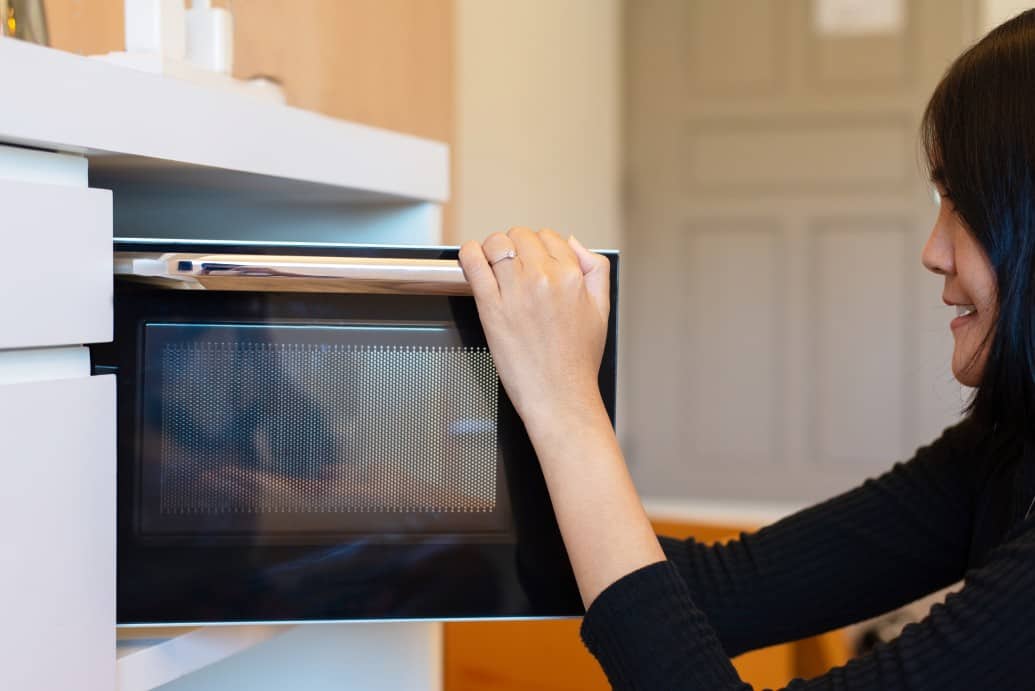
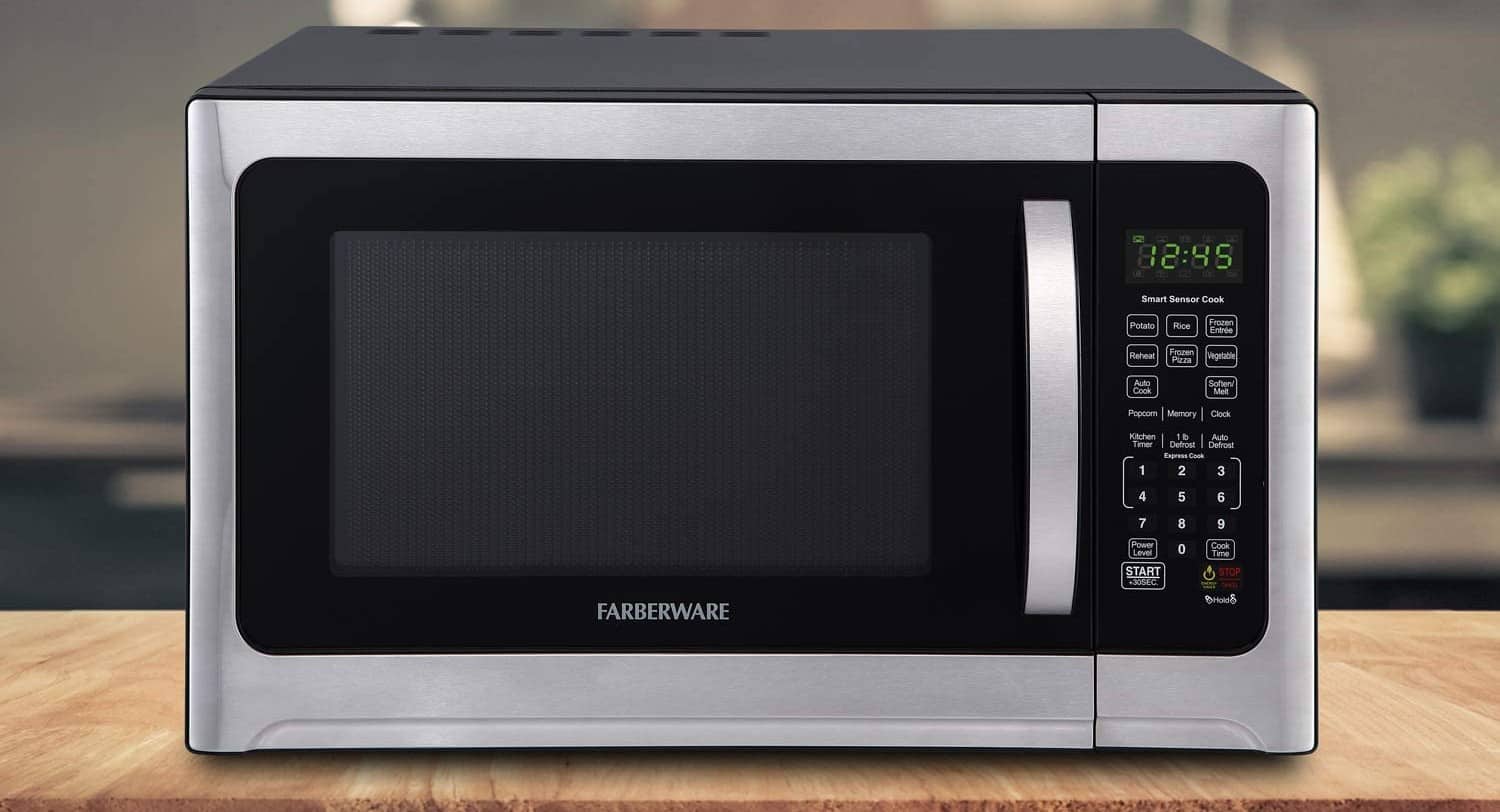
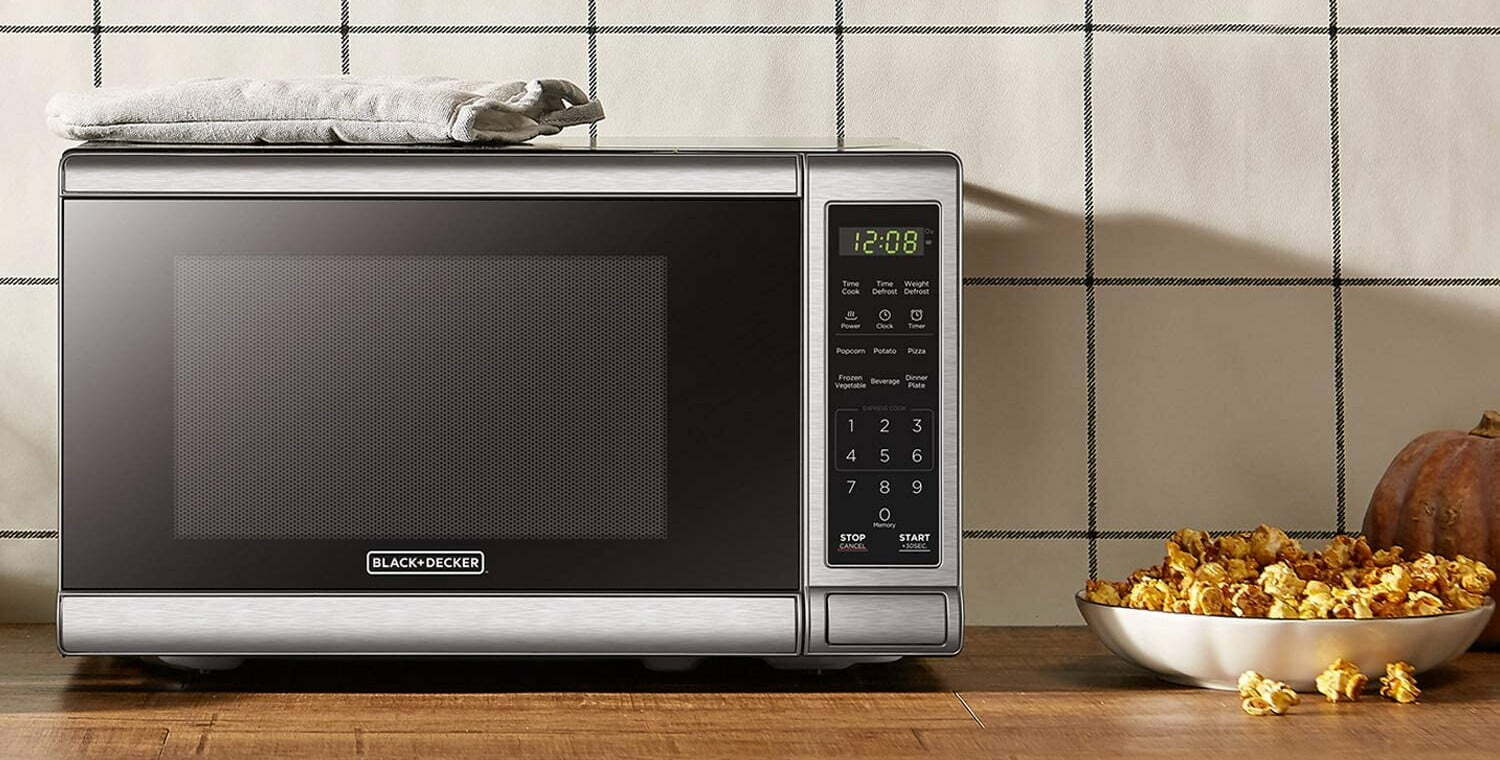
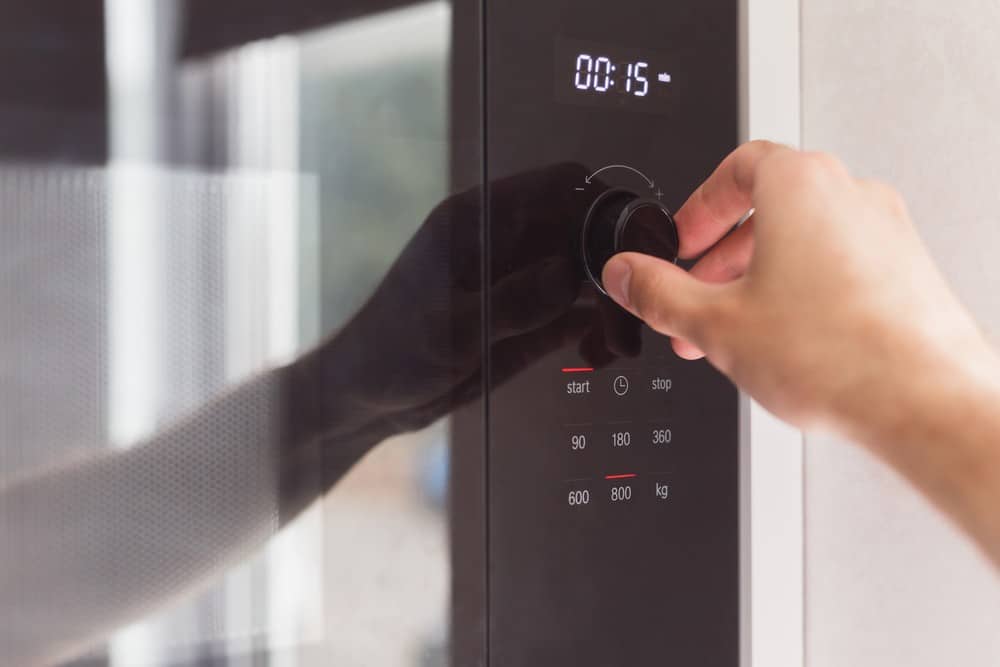
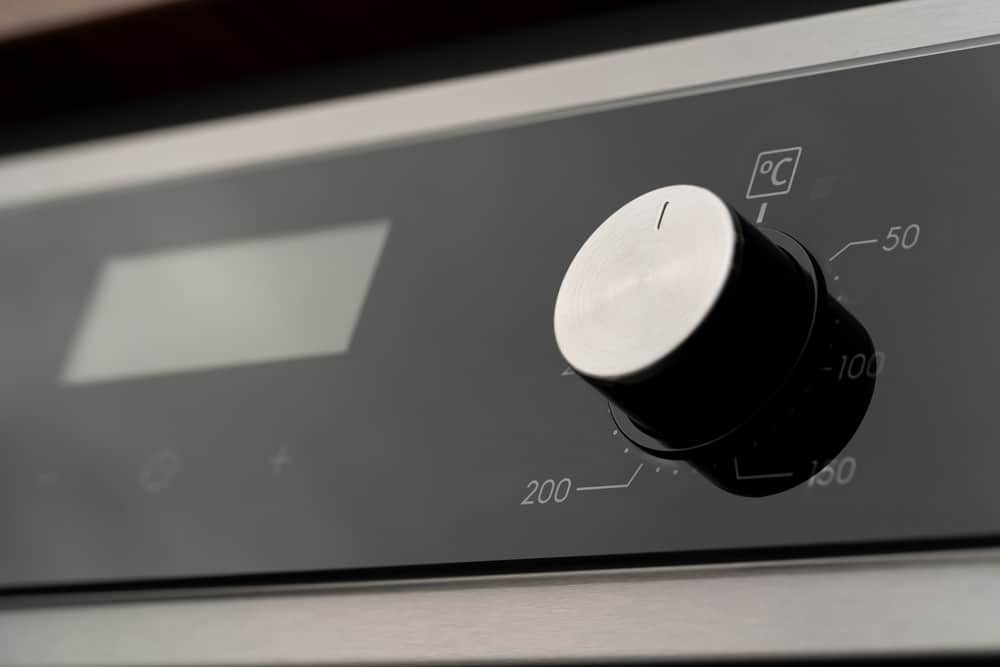
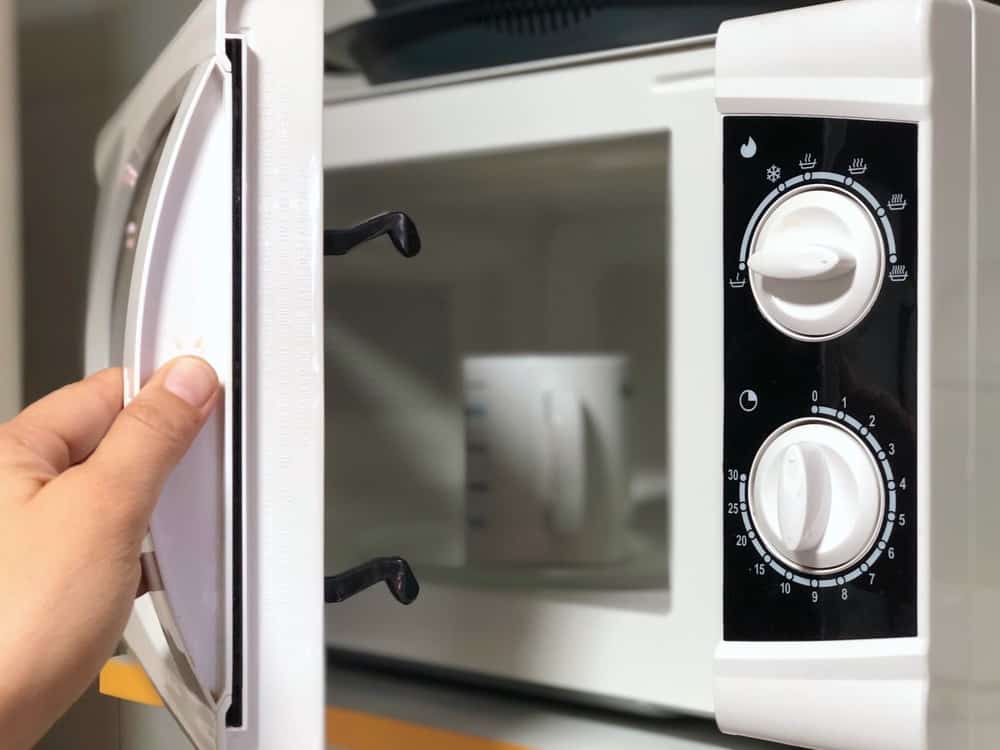
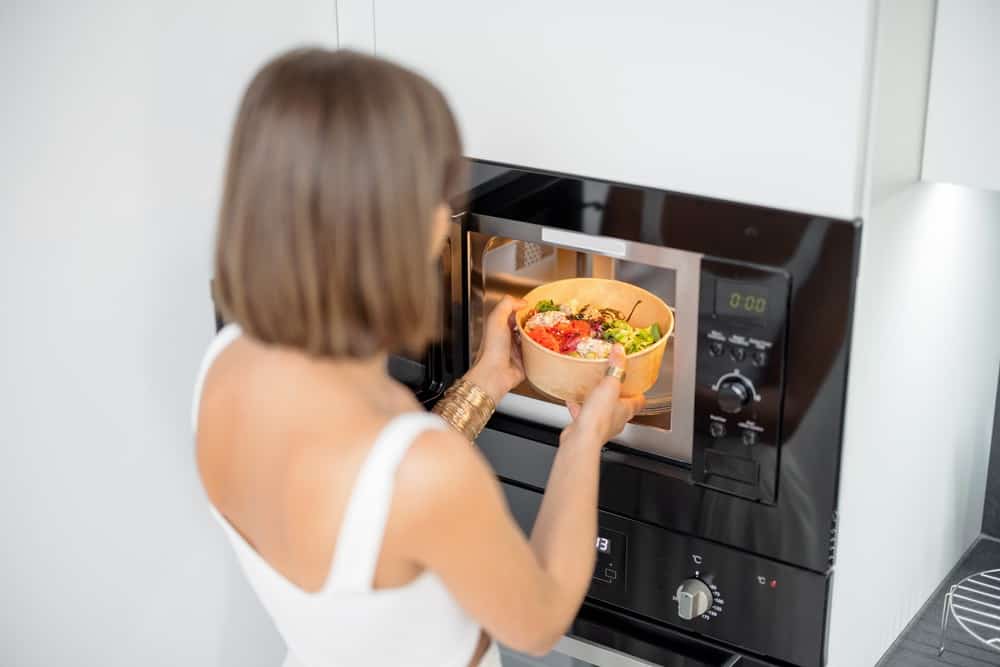
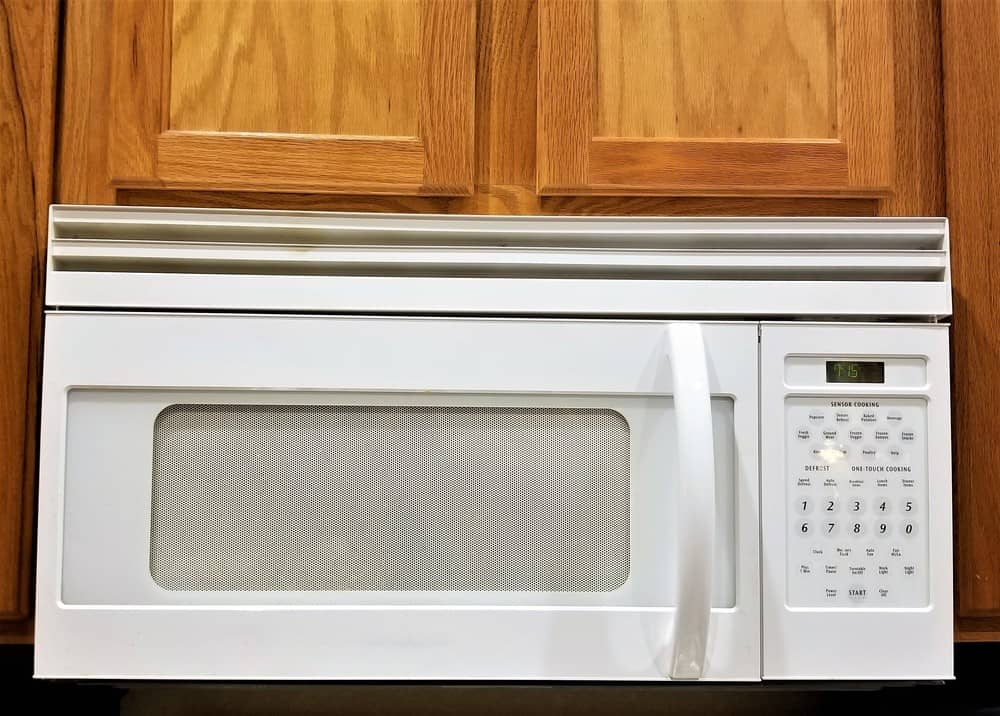
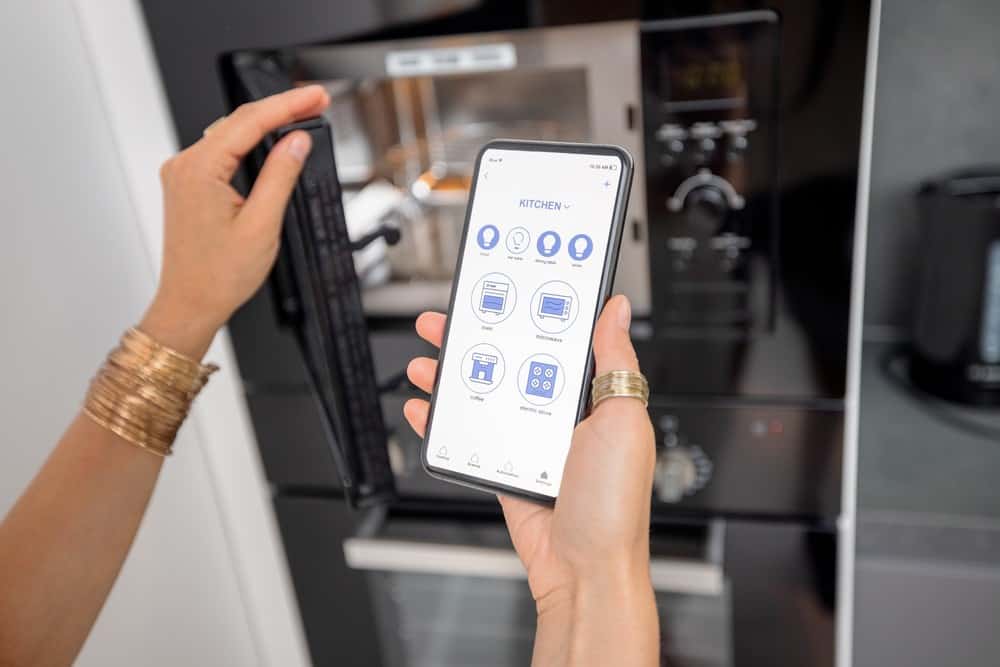
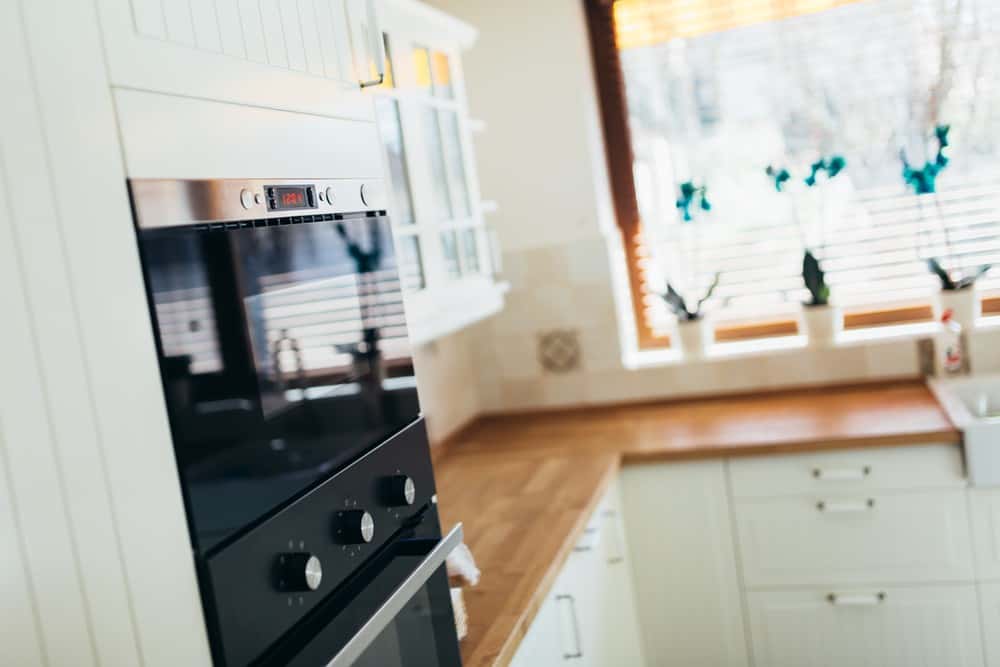
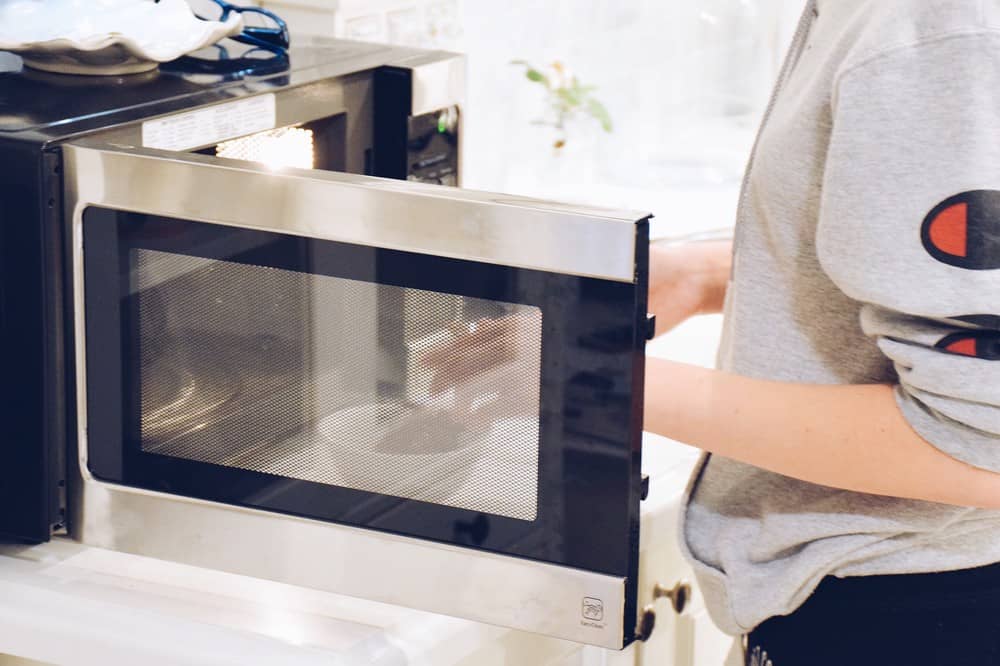

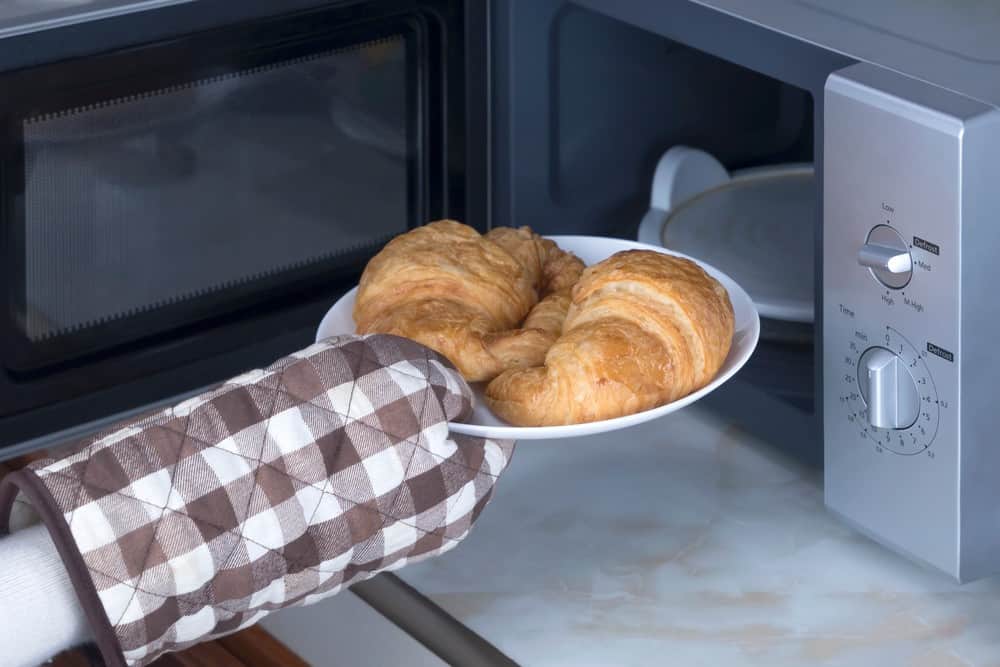
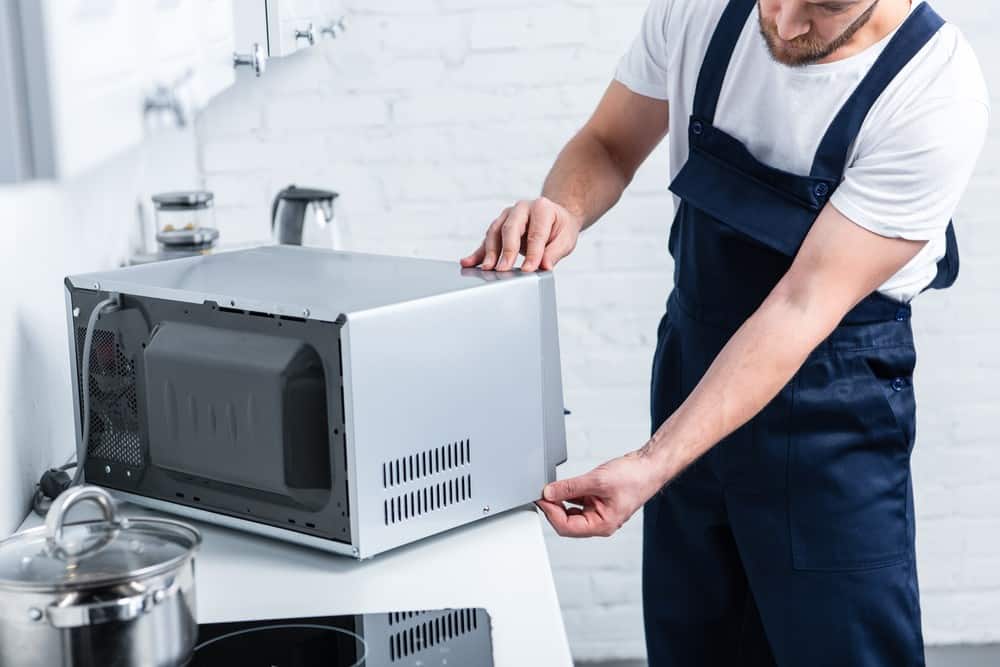
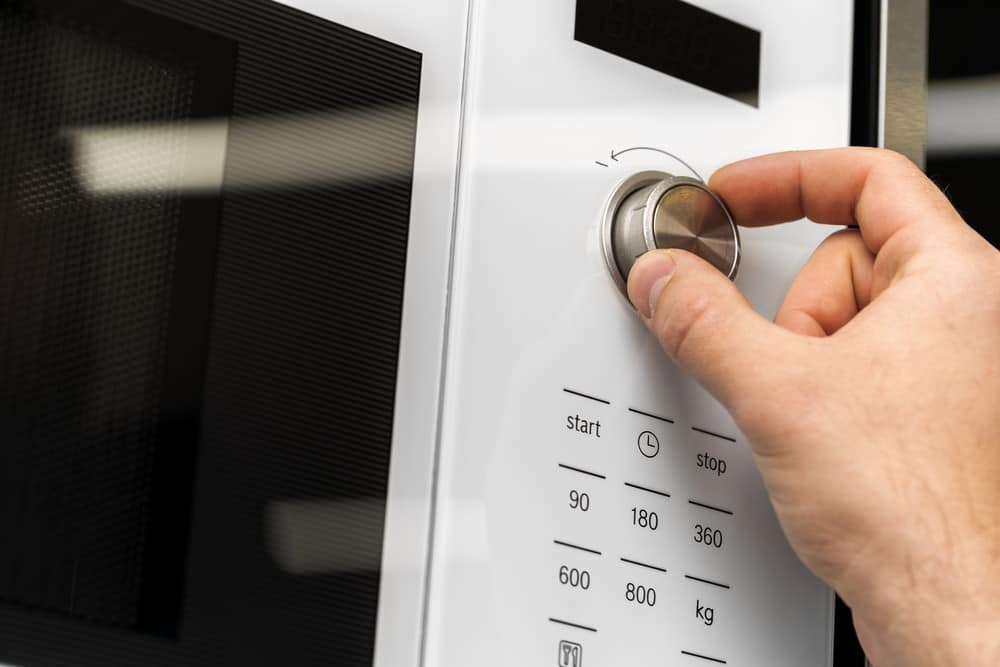
![Best Kitchen Appliances in [year] ([month] Reviews) 27 Best Kitchen Appliances in 2026 (January Reviews)](https://www.gadgetreview.dev/wp-content/uploads/best-kitchen-appliances.jpg)
![Best Whirlpool Microwaves in [year] 28 Best Whirlpool Microwaves in 2026](https://www.gadgetreview.dev/wp-content/uploads/best-whirlpool-microwaves-image.jpg)
![Best Microwave Drawers in [year] 29 Best Microwave Drawers in 2026](https://www.gadgetreview.dev/wp-content/uploads/best-microwave-drawer-image.jpg)
![Best Quiet Microwaves in [year] 30 Best Quiet Microwaves in 2026](https://www.gadgetreview.dev/wp-content/uploads/best-quiet-microwave-image.jpg)
![Best LG Microwaves in [year] 31 Best LG Microwaves in 2026](https://www.gadgetreview.dev/wp-content/uploads/best-lg-microwaves-image.jpg)
![Best Microwaves in [year] ([month] Reviews) 32 Best Microwaves in 2026 (January Reviews)](https://www.gadgetreview.dev/wp-content/uploads/best-microwaves-image.jpg)
![Best Over the Range Convection Microwaves in [year] 33 Best Over the Range Convection Microwaves in 2026](https://www.gadgetreview.dev/wp-content/uploads/best-over-the-range-convection-microwave-image.jpg)
![Best Retro Microwaves in [year] 34 Best Retro Microwaves in 2026](https://www.gadgetreview.dev/wp-content/uploads/best-retro-microwave-image.jpg)
![Best GE Microwaves in [year] 35 Best GE Microwaves in 2026](https://www.gadgetreview.dev/wp-content/uploads/best-ge-microwaves-image..jpg)
![10 Best Samsung Microwaves in [year] 36 10 Best Samsung Microwaves in 2026](https://www.gadgetreview.dev/wp-content/uploads/best-samsung-microwaves-image.jpg)
![10 Best Microwaves for Seniors in [year] 37 10 Best Microwaves for Seniors in 2026](https://www.gadgetreview.dev/wp-content/uploads/best-microwaves-seniors-image.jpg)
![10 Best Microwave Toaster Oven Combo in [year] 38 10 Best Microwave Toaster Oven Combo in 2026](https://www.gadgetreview.dev/wp-content/uploads/best-microwave-toaster-oven-combo-scaled-1.jpg)
![10 Best Panasonic Microwaves in [year] 39 10 Best Panasonic Microwaves in 2026](https://www.gadgetreview.dev/wp-content/uploads/best-panasonic-microwaves.jpg)
![10 Best Microwaves for College Dorms in [year] 40 10 Best Microwaves for College Dorms in 2026](https://www.gadgetreview.dev/wp-content/uploads/best-microwaves-for-college-dorms.jpg)
![10 Best Compact Microwaves in [year] 41 10 Best Compact Microwaves in 2026](https://www.gadgetreview.dev/wp-content/uploads/best-compact-microwave-image.jpg)
![10 Best Convection Microwave Ovens in [year] 42 10 Best Convection Microwave Ovens in 2026](https://www.gadgetreview.dev/wp-content/uploads/best-convection-microwave-oven-image.jpg)
![10 Best Built In Microwaves in [year] 43 10 Best Built In Microwaves in 2026](https://www.gadgetreview.dev/wp-content/uploads/best-built-in-microwave-image.jpg)
